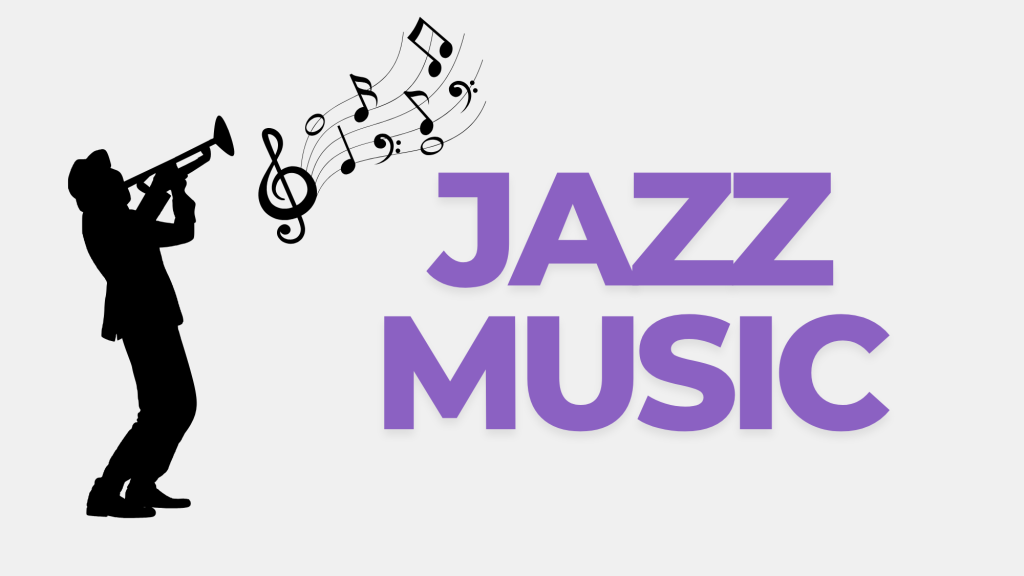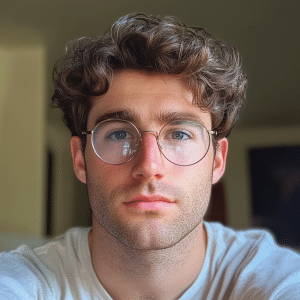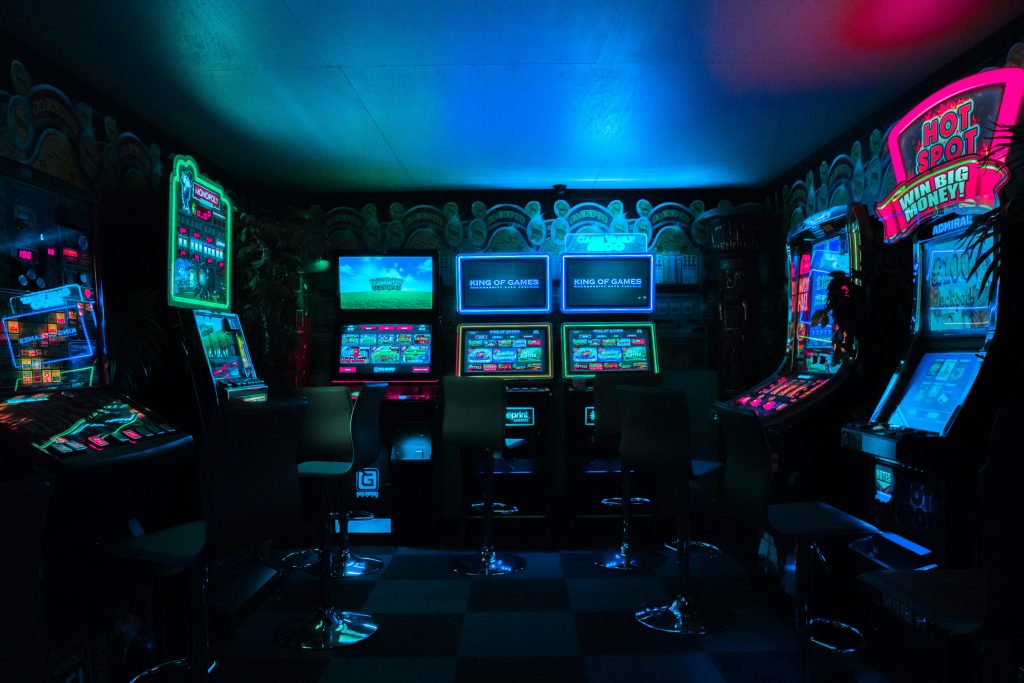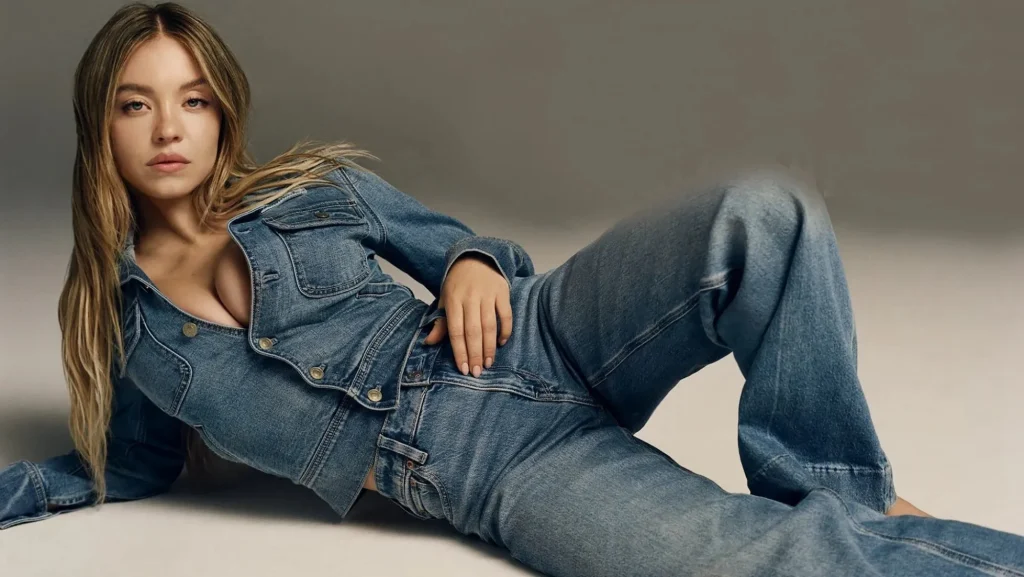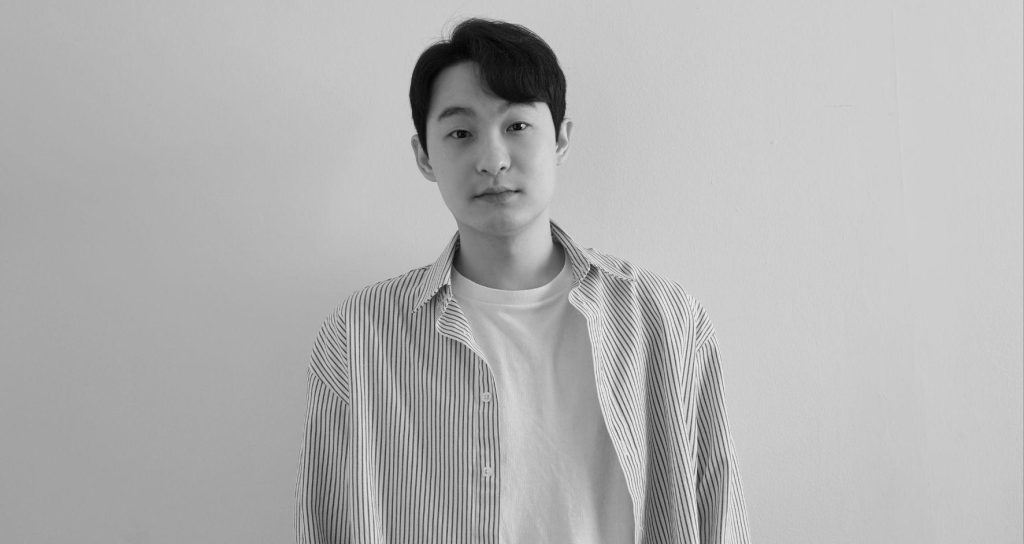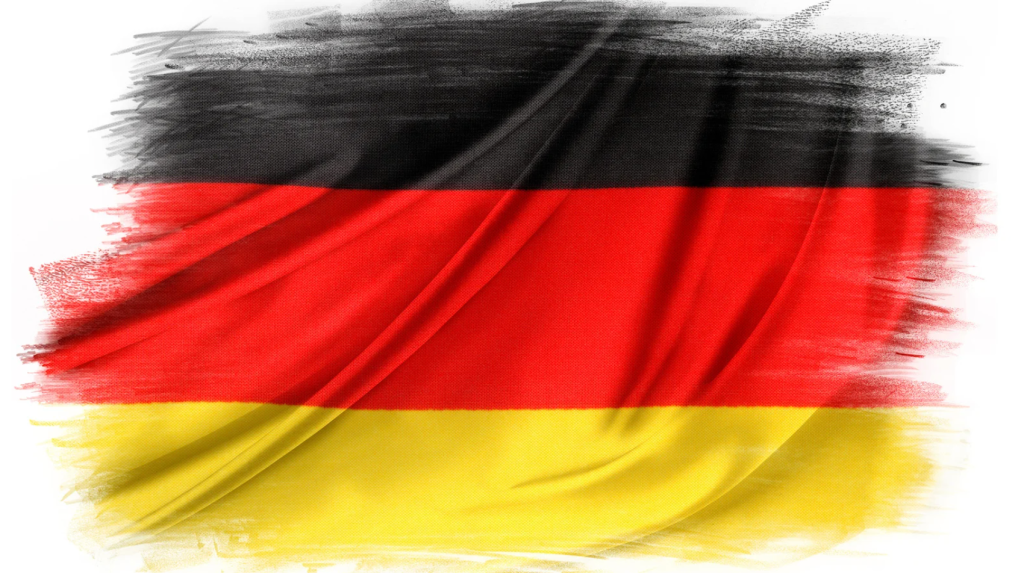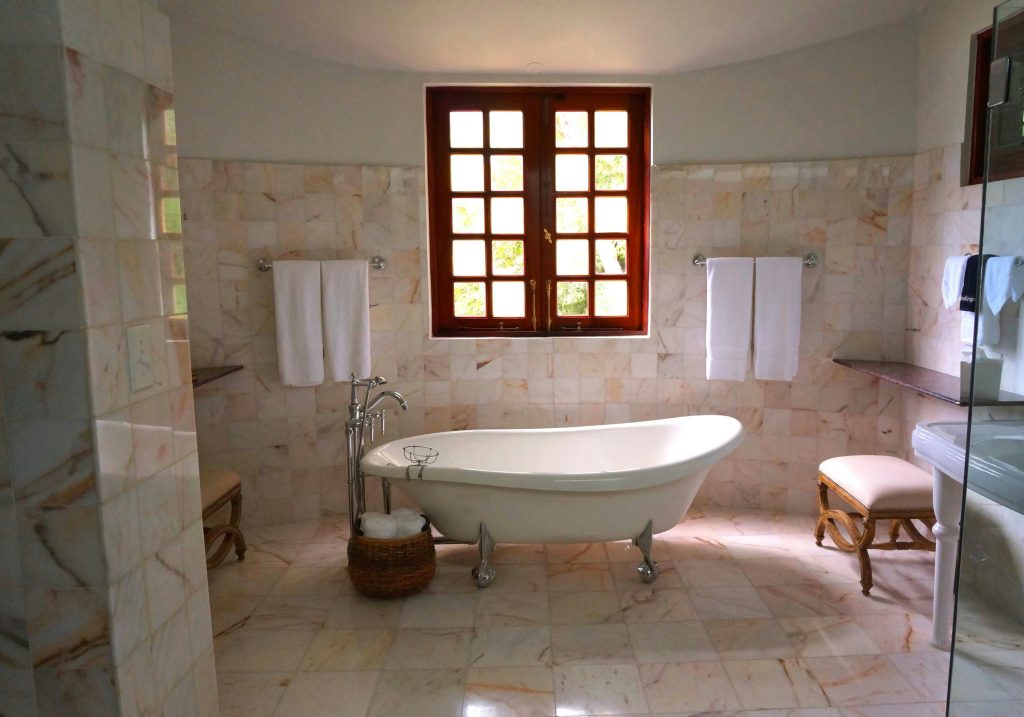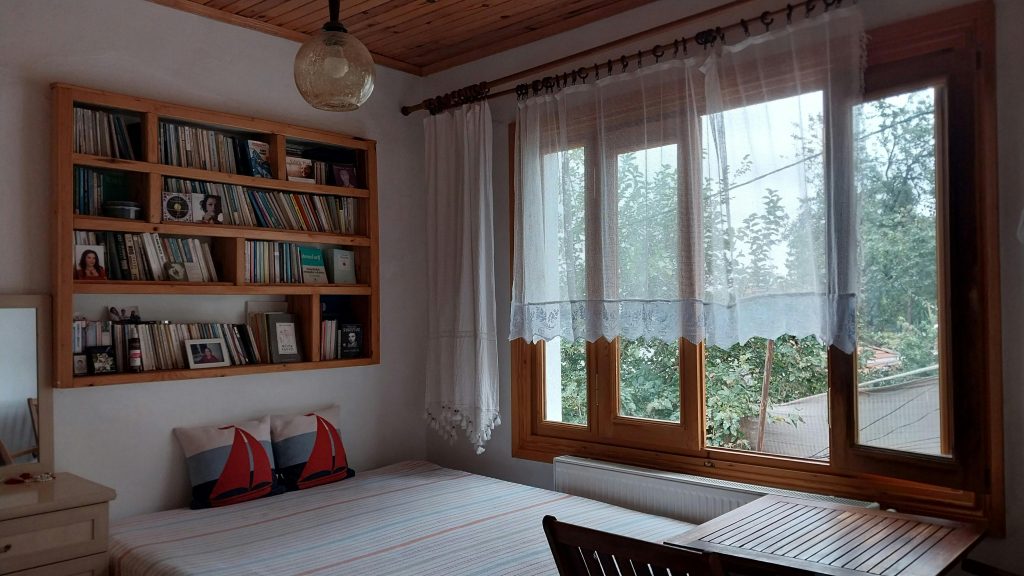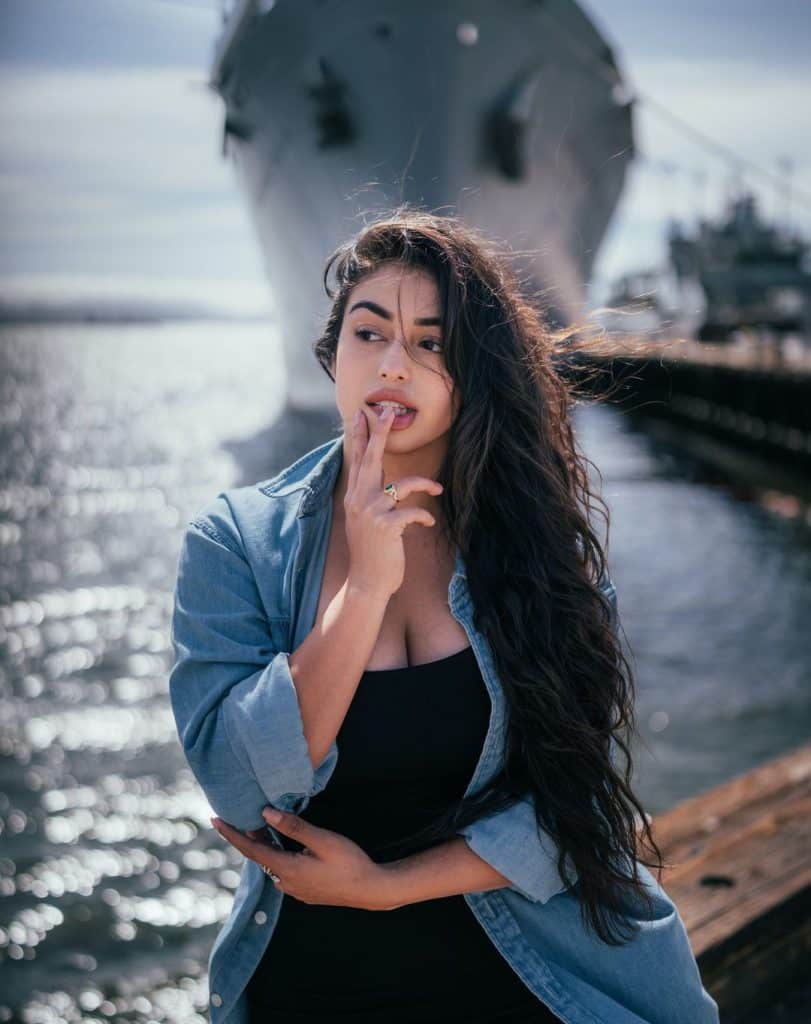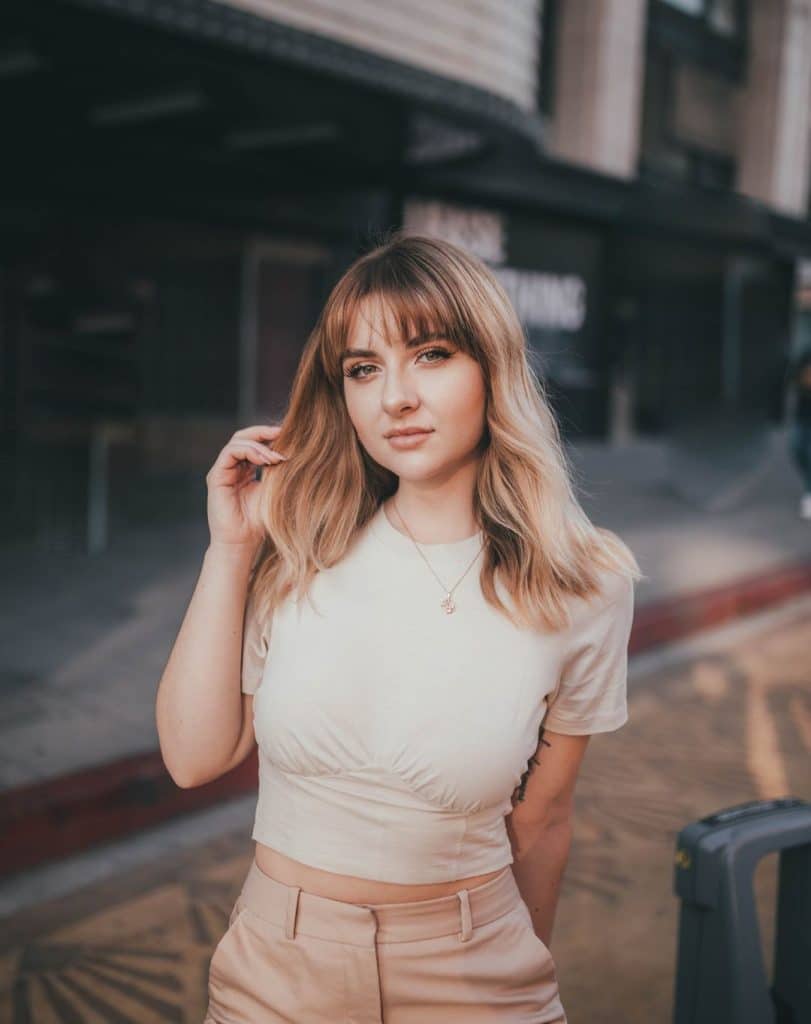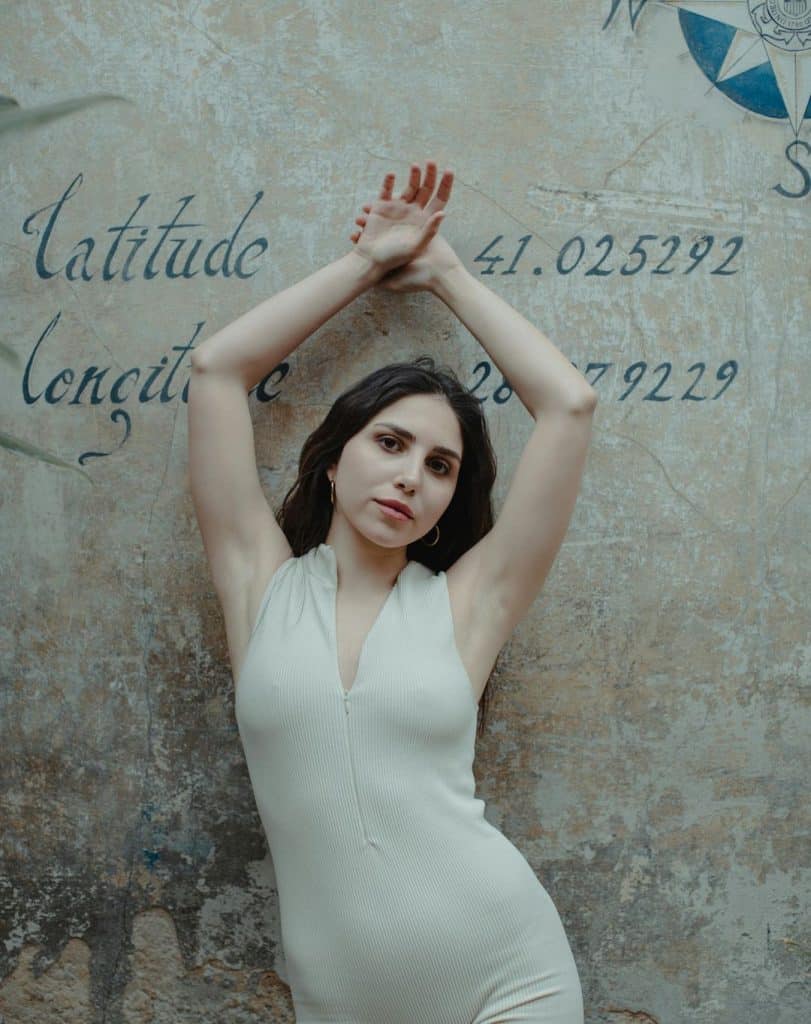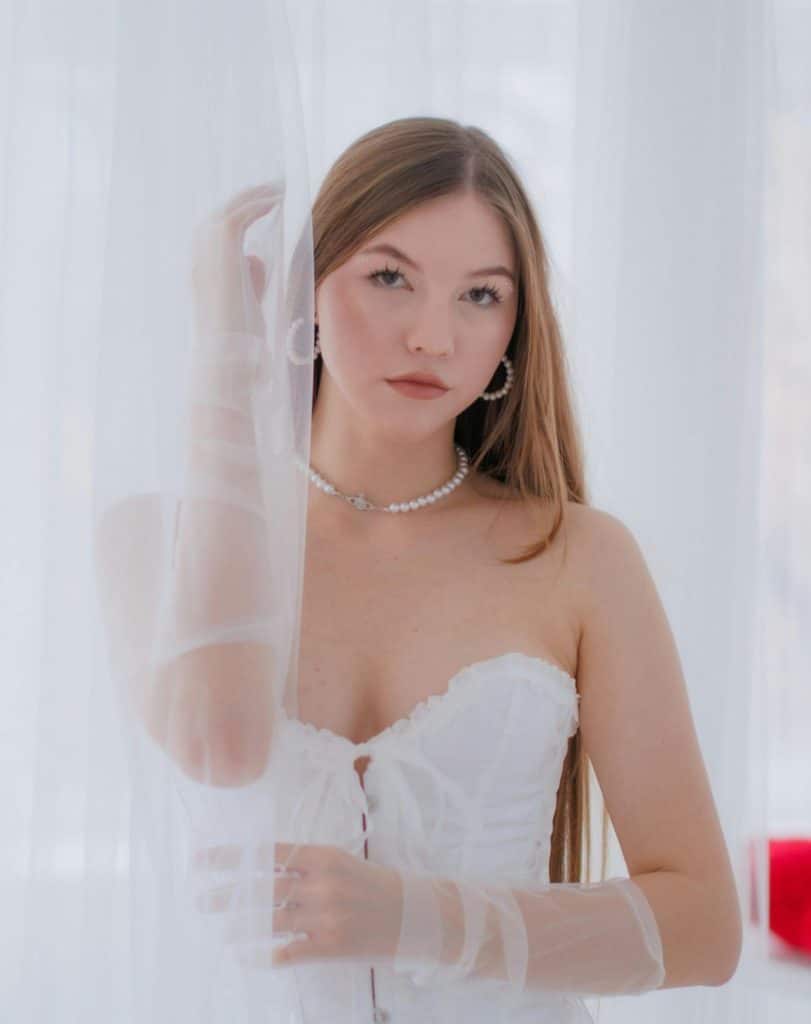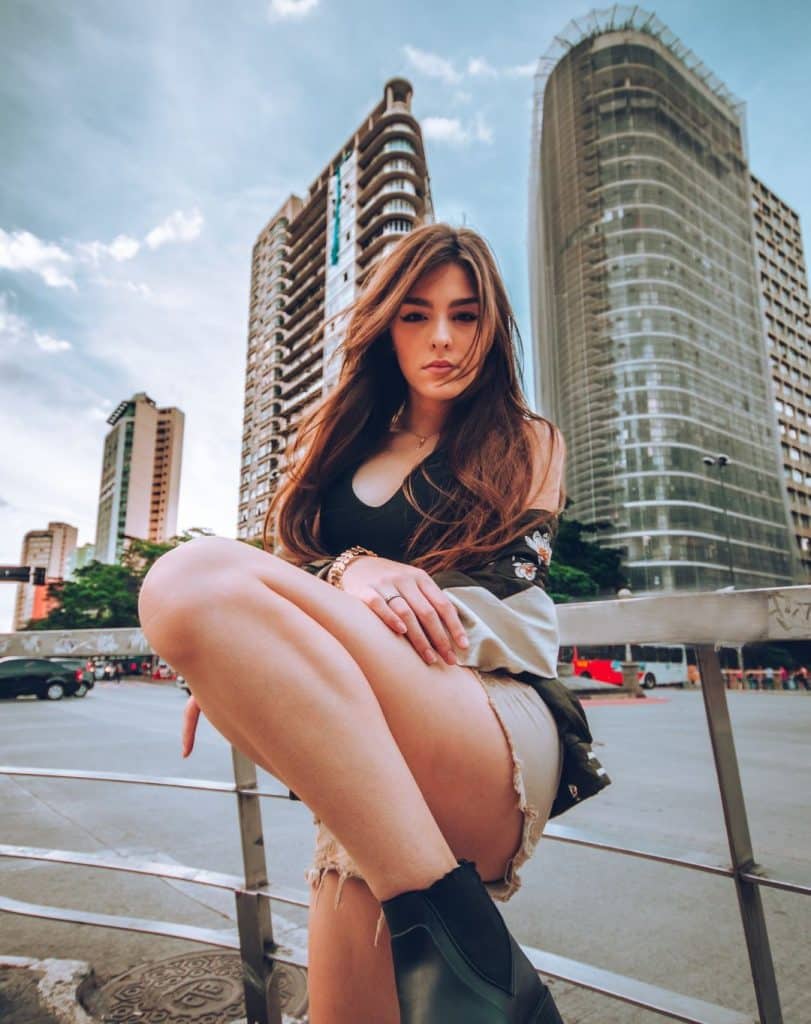Jazz, with its roots in African American culture and its ability to constantly change, has made a wide array of styles over the years.
From its origins in New Orleans to its global impact today, jazz has seen everything from the energetic creativity of bebop to the smooth sounds of cool jazz.
With its focus on rhythm, melody, and harmony, each jazz style shows the unique characteristics and cultural movements of its time.
In this article, take a closer look at the various types of jazz, understanding their origins, key characteristics, and their lasting effect on the world of music.
List of Jazz Styles
If you’re a jazz lover or a newcomer, this list will help you find and appreciate the rich world of jazz music.
1. Dixieland (Early Jazz)
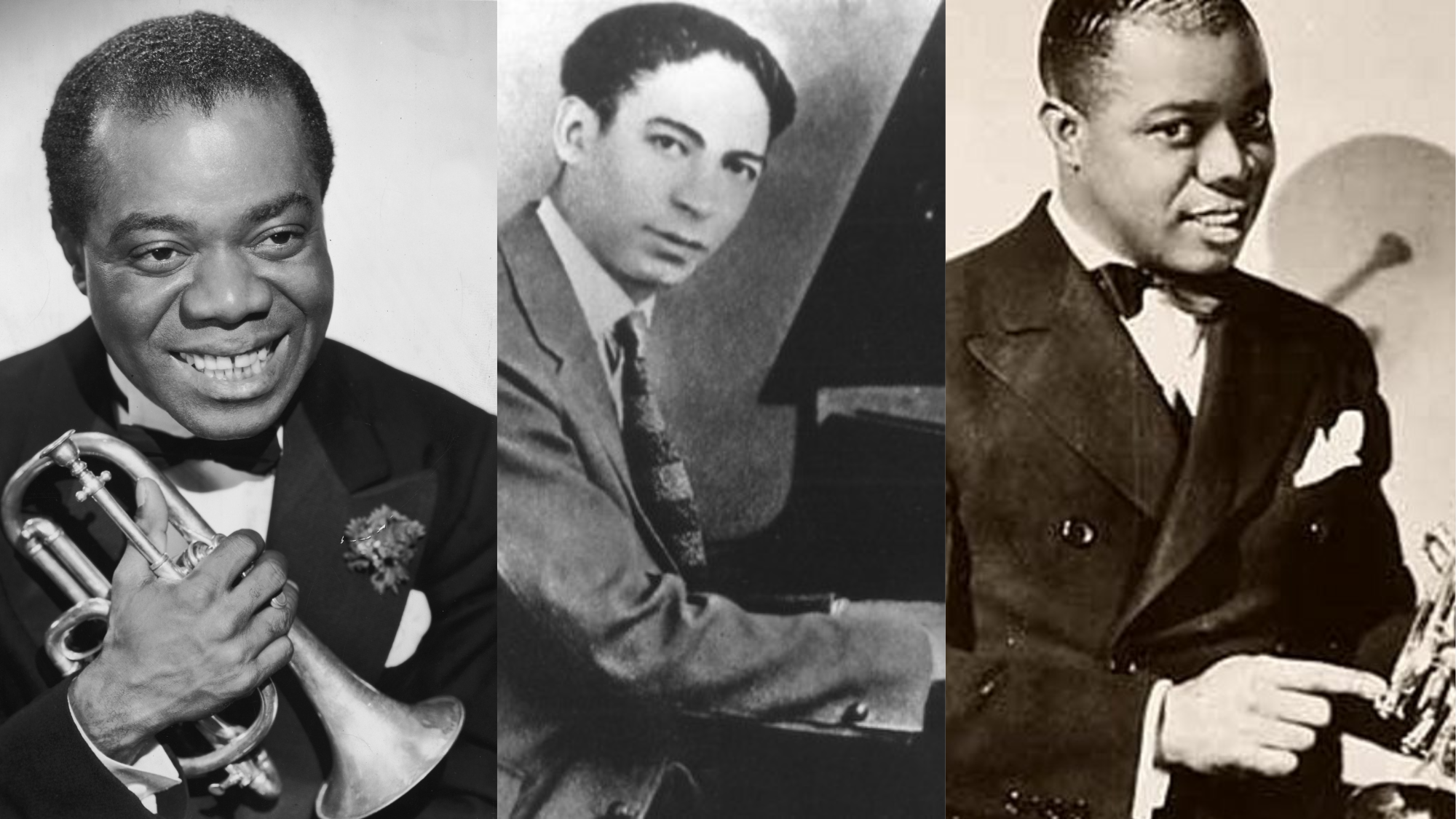
Originating in New Orleans during the early 1900s, Dixieland jazz is one of the earliest forms of jazz music, marked by creativity and a brass band impact.
Typically played by small ensembles, it blends elements of blues, ragtime, and traditional New Orleans rhythms.
The lively, synced rhythms and spirited melodies define the sound of this genre, with instruments like trumpet, clarinet, and trombone taking turns and making sounds.
The style focuses on spontaneity and interaction between musicians, getting the essence of early jazz and laying the foundation for future jazz developments.
Top Artists:
- Louis Armstrong
- Jelly Roll Morton
- King Oliver
2. Swing
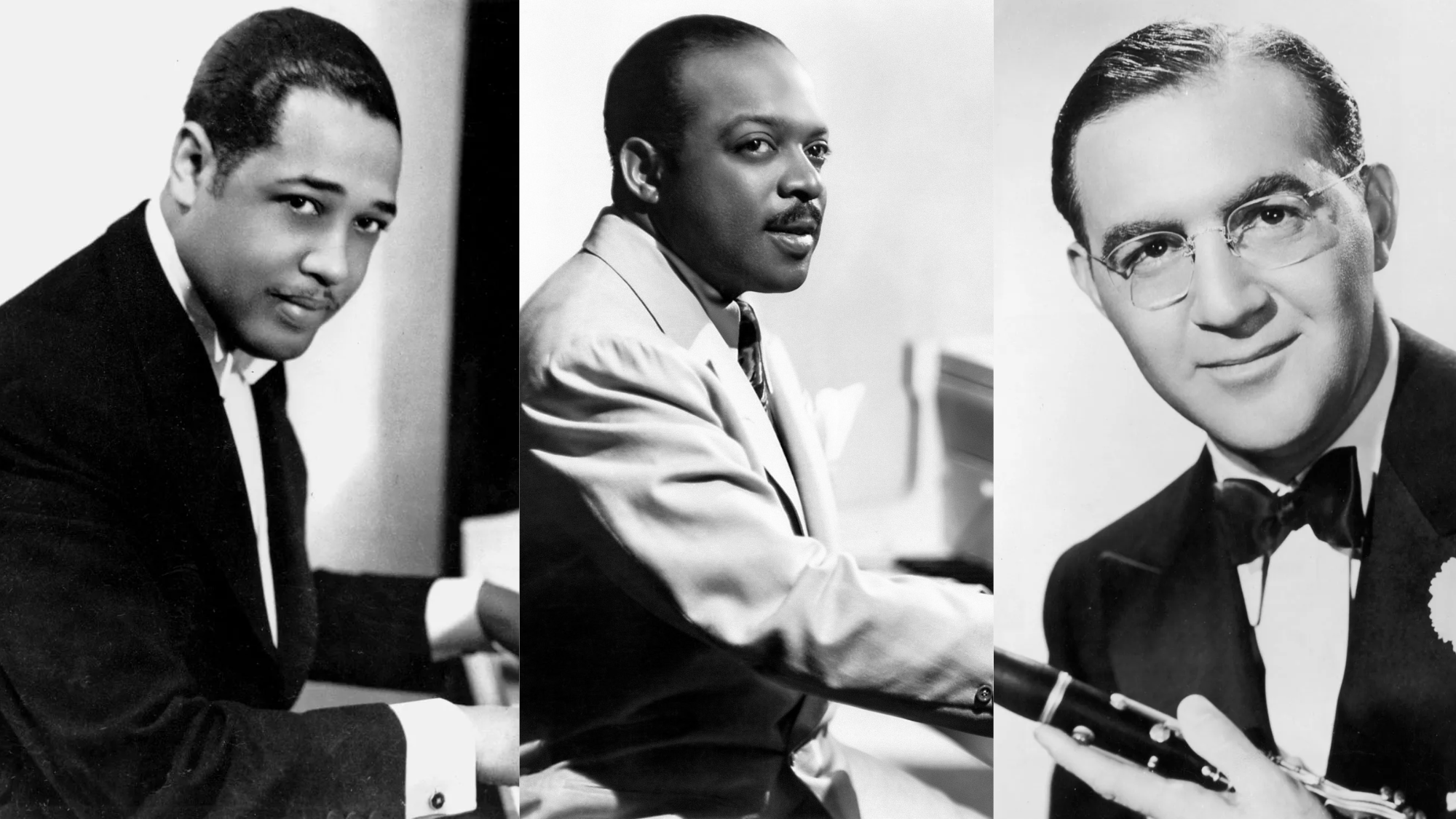
Swing jazz gained popularity in the 1930s and 1940s, particularly during the Big Band era, and is characterized by its rhythmic groove and smooth, danceable beats.
This style has large ensembles with sections of brass, woodwinds, and rhythm instruments, creating a full, rich sound.
The focus of swing jazz is on rhythm, making it perfect for dancing, with short patterns and a swing feel that gives the music a driving life.
It’s known for its systematic arrangements, creative solos, and catchy melodies, making it one of the most iconic jazz styles in American history.
Top Artists:
- Duke Ellington
- Count Basie
- Benny Goodman
3. Bebop
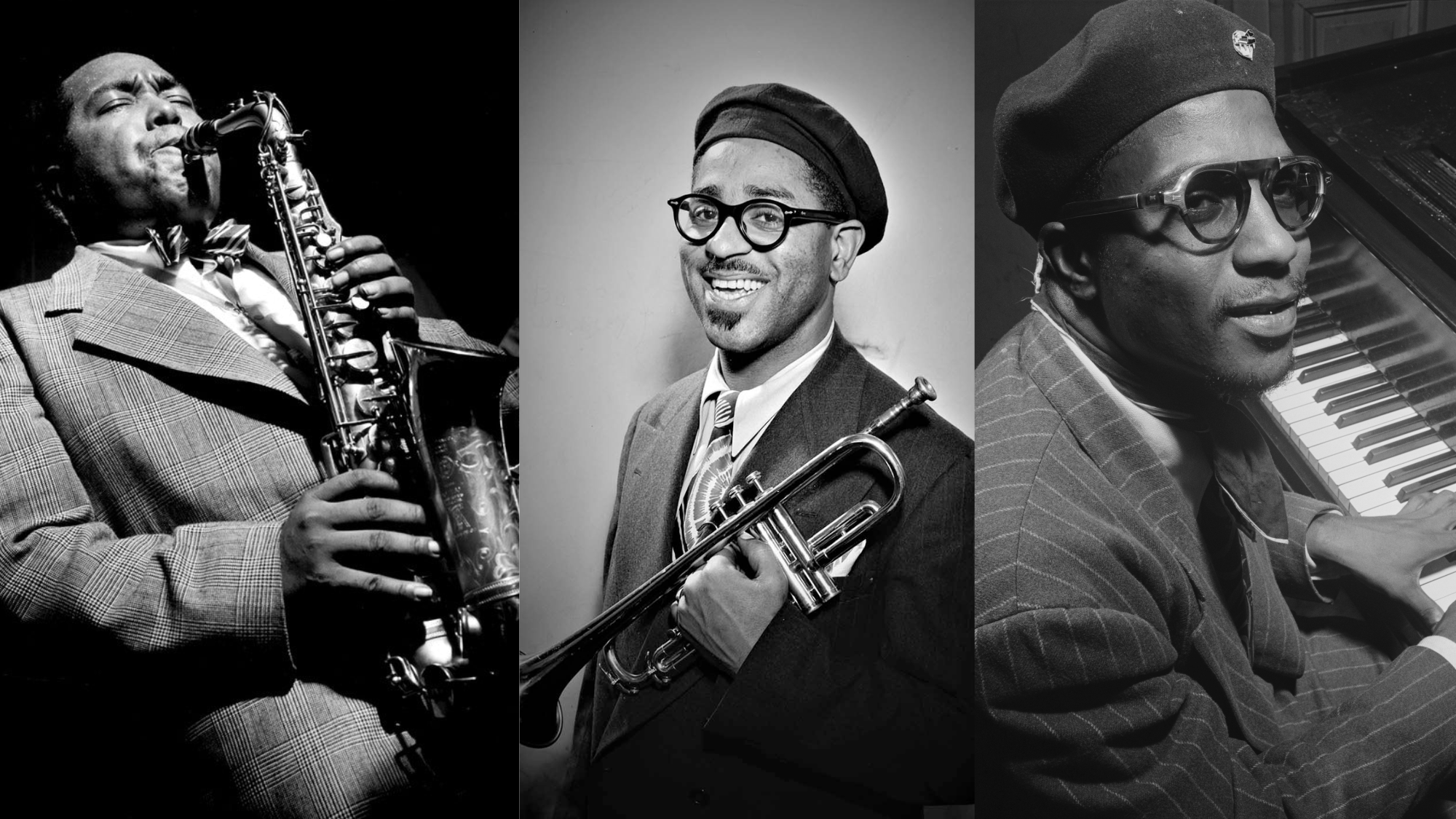
Bebop rises in the 1940s as a revolutionary departure from the danceable rhythms of swing jazz. Defined by fast tempos, flowy melodies, and complex chord progressions, bebop emphasizes virtuosic creativity.
Bebop’s energetic, high-speed performances required exceptional technical skill, making it a form of jazz that shifted from dance music to more of a listening experience.
It paved the way for modern jazz and became the foundation for many future jazz styles.
Top Artists:
- Charlie Parker
- Dizzy Gillespie
- Thelonious Monk
4. Cool Jazz

Cool jazz emerged in the late 1940s as a reaction to the strength of bebop.
Known for its relaxed, subdued style, cool jazz introduced a smoother, more refined sound that often included elements of classical music.
It has slower tempos, lush harmonies, and more relaxed phrasing, giving it a refined, almost cinematic feel.
The genre often includes orchestral arrangements and complex compositions, showing a balance of technical mastery and emotional restraint.
Top Artists:
- Miles Davis
- Chet Baker
- Gerry Mulligan
5. Hard Bop
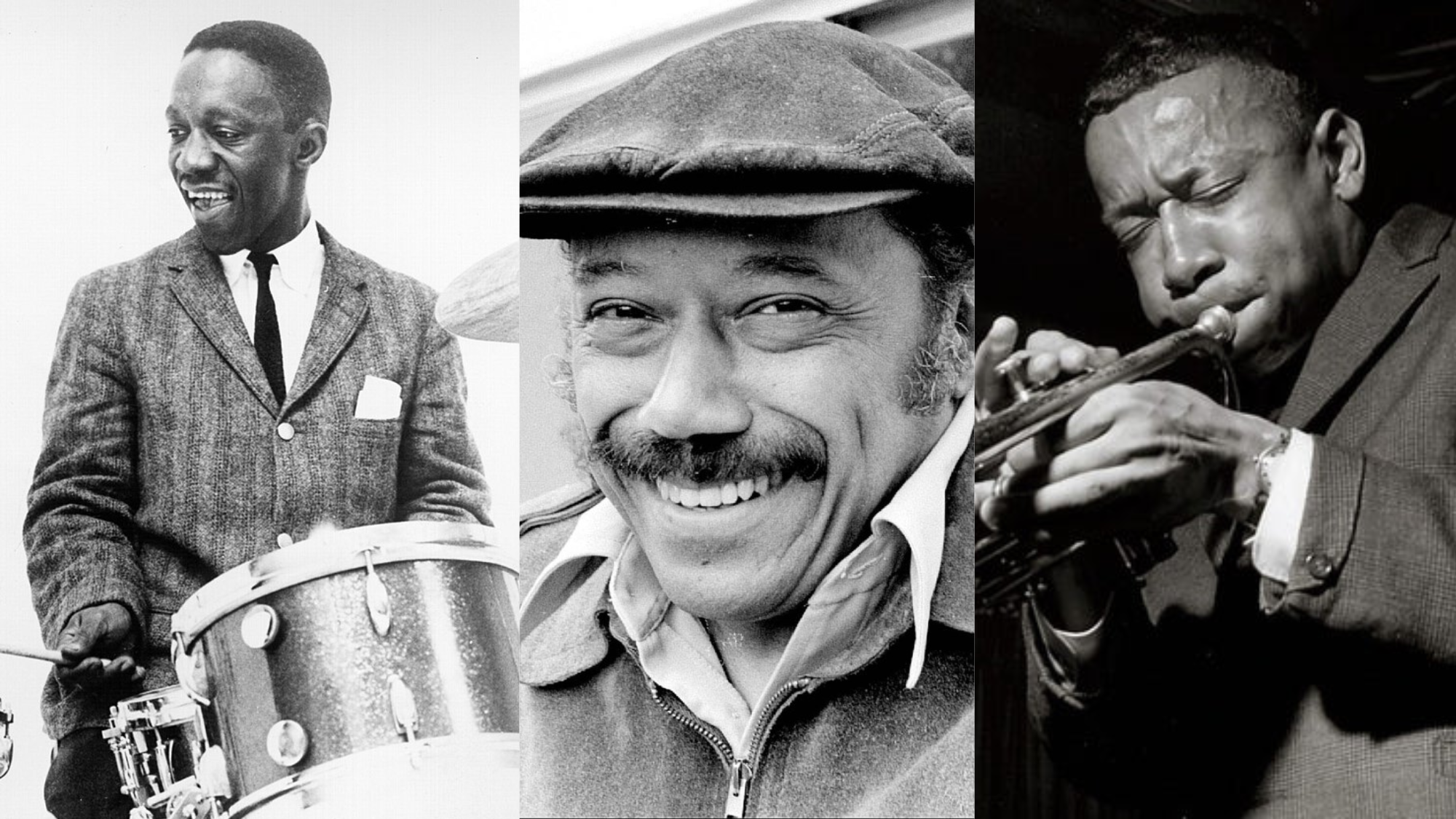
Developed in the 1950s as a response to the cooler, more systematic sounds of cool jazz, Hard Bop is a powerful style that blends bebop with elements of blues, gospel, and rhythm-and-blues.
This style is characterized by soulful, high rhythms and more direct emotional feelings.
The genre was a more accessible form of jazz, bringing the virtuosic qualities of bebop to a broader audience while staying grounded in African American musical traditions.
Top Artists:
- Art Blakey
- Horace Silver
- Lee Morgn
6. Modal Jazz
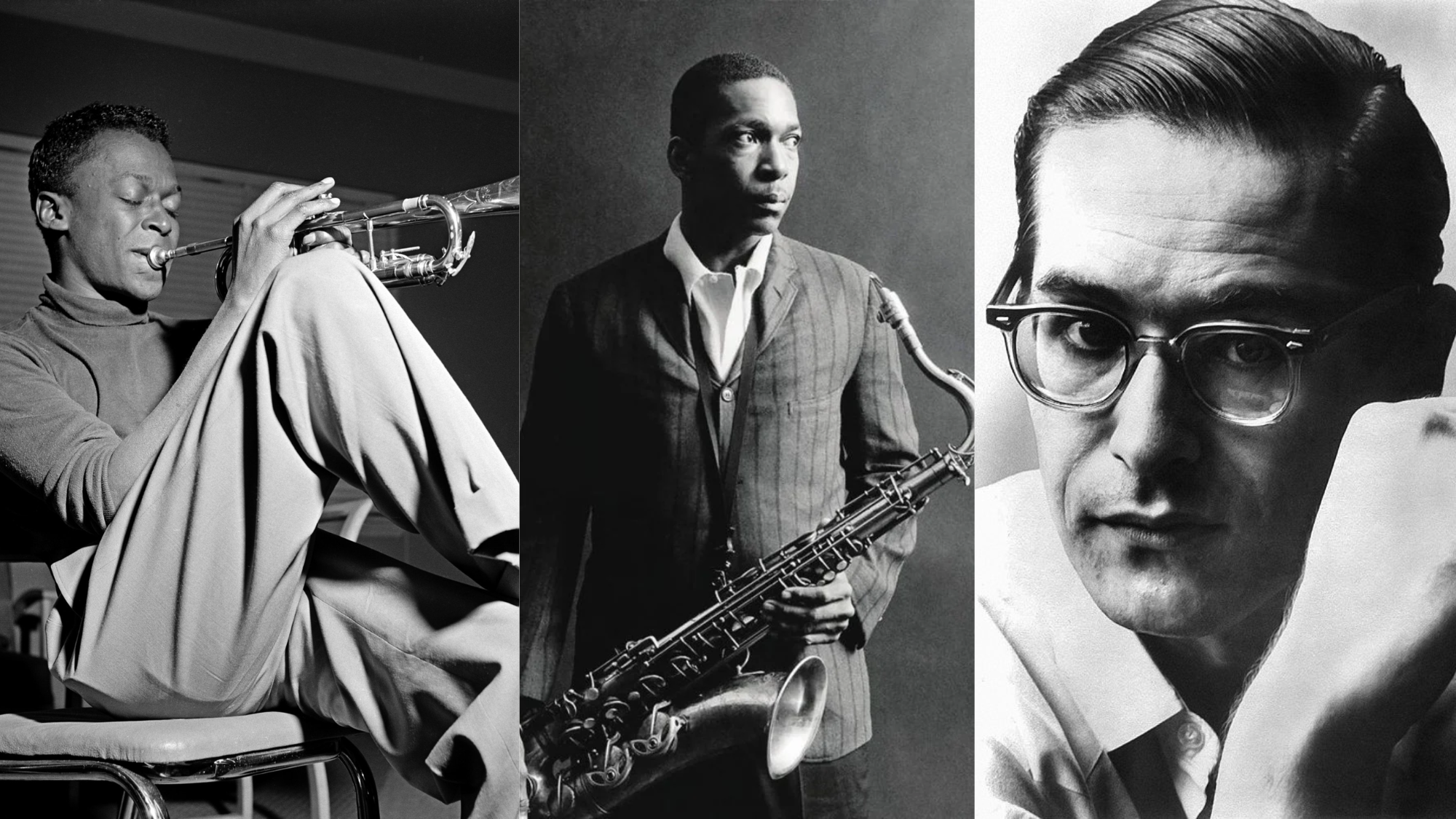
Introduced in the late 1950s, modal jazz moved away from the hard chord changes of bebop and focused on modes or scales rather than traditional chord progressions.
This shift allowed musicians greater freedom in creativity and led to the creation of longer, more big compositions.
Miles Davis’s Kind of Blue is one of the most iconic albums in modal jazz, with creativity that flows more naturally, allowing for a more relaxed and soulful sound.
Modal jazz focused mood and texture over harmonic complexity, giving it a distinct, more meditative quality compared to earlier jazz forms.
Top Artists:
- Miles Davis
- John Coltrane
- Bill Evans
7. Free Jazz
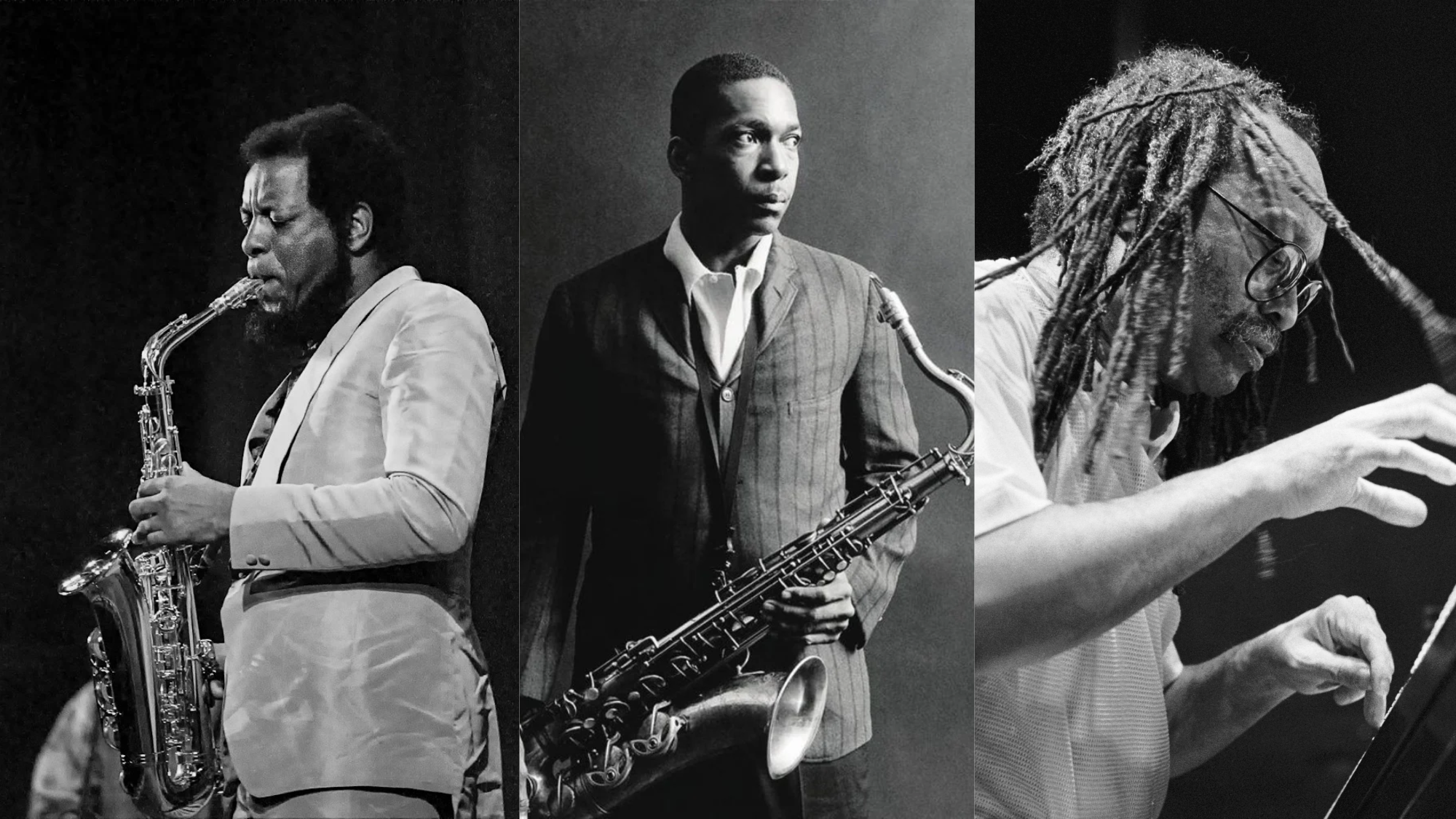
Free jazz is an avant-garde style that abandoned traditional jazz structures in favor of complete creativity.
Characterized by a lack of fixed chords, scales, and regular rhythms, free jazz pushes the boundaries of what jazz can be, focusing on instantaneous and unstructured forms.
Pioneers like Ornette Coleman and John Coltrane sought to break away from conventional harmonic rules and find new sonic possibilities, creating experimental sounds that often feel chaotic or unpredictable.
Free jazz invites musicians to show their emotions without constraints, making it both a powerful and controversial movement in jazz history.
Top Artists:
- Ornette Coleman
- John Coltrane
- Cecil Taylor
8. Post-Bop
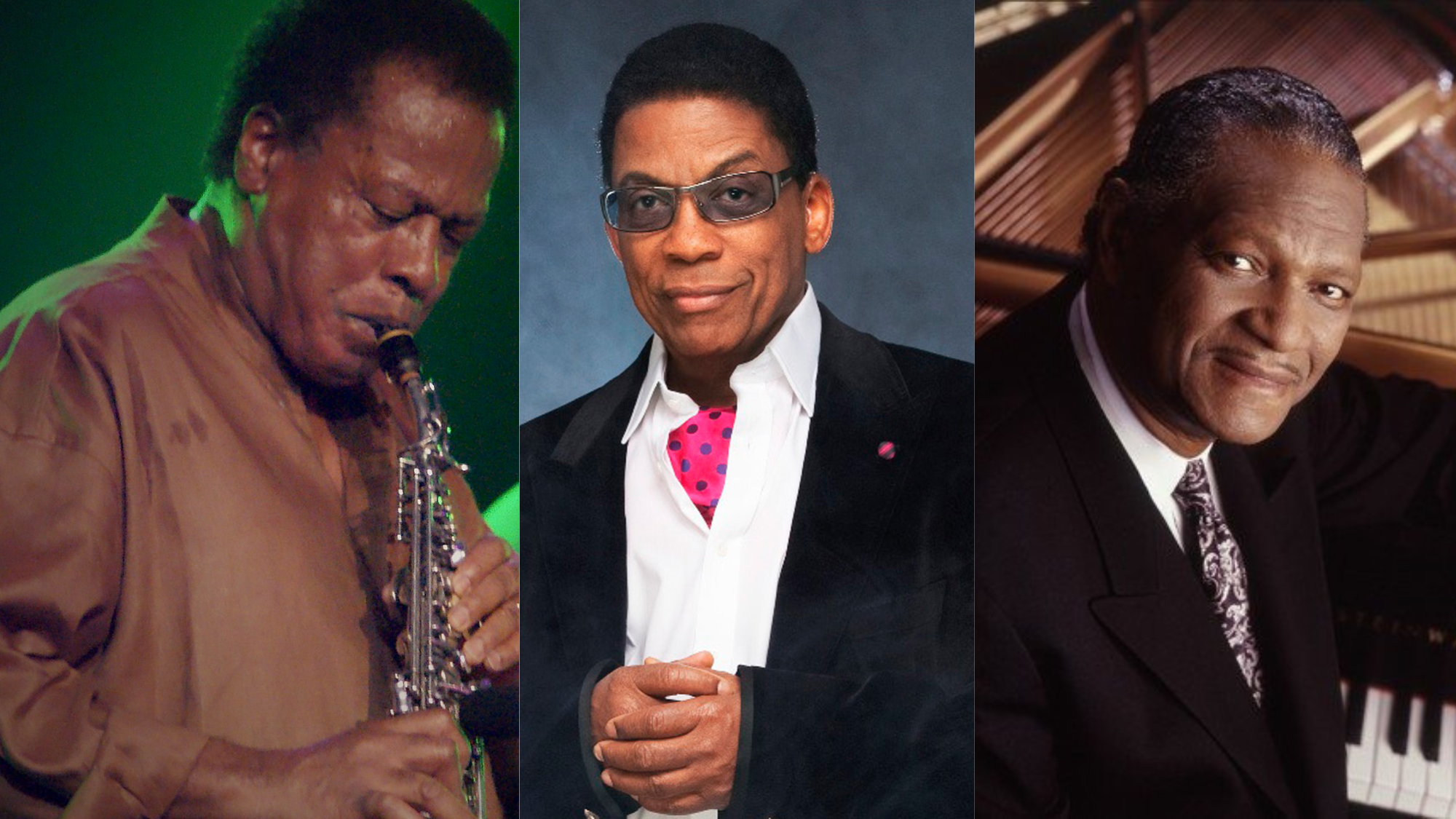
Post-bop is a fusion of bebop, modal jazz, and elements of free jazz, which emerged in the 1960s and continues to impact jazz today.
It builds on the detailed creativity of bebop while including more freedom in terms of harmonic structure and rhythm.
The genre is often characterized by its harmonic smoothness and greater freedom of emotions, merging the energy of bebop with the relaxed pace of modal jazz and the unrestrained spirit of free jazz.
Top Artists:
- Wayne Shorter
- Herbie Hancock
- McCoy Tyner
9. Jazz Fusion
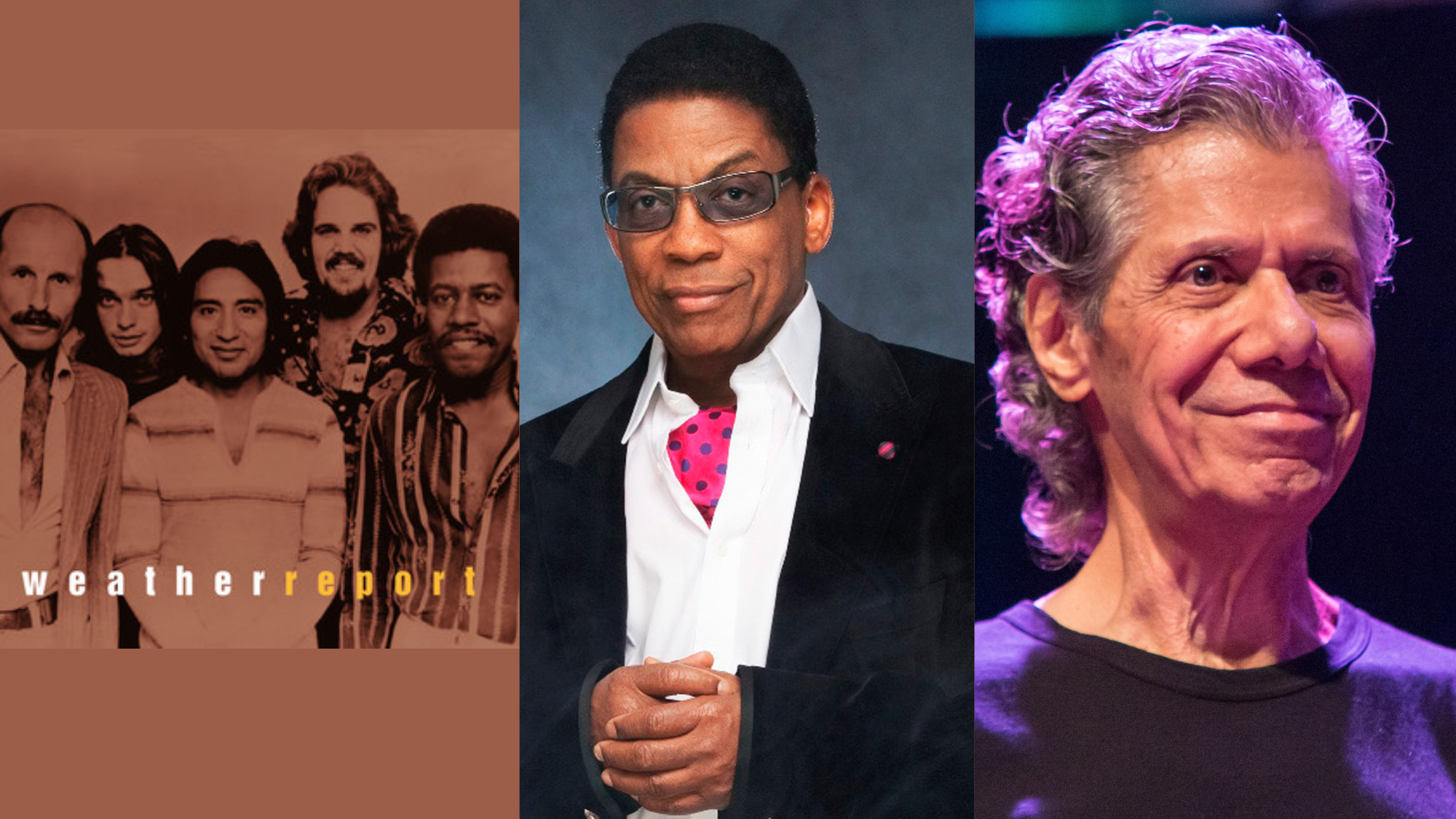
Jazz fusion is a genre that blends jazz with rock, funk, and R&B, often featuring electric instruments and extended solos.
Emerging in the late 1960s and early 1970s, fusion artists like Weather Report, Herbie Hancock, and Chick Corea experimented with including electronic instruments, amplifying jazz’s sound and pushing its boundaries.
Fusion combines jazz’s harmonic complexity and creativity with rock and funk’s rhythm and emotions, resulting in a genre that is both intellectually stimulating and highly energetic.
Fusion expanded jazz’s appeal to a wider audience and impacted the development of contemporary music.
Top Artists:
- Weather Report
- Chick Corea
- Herbie Hancock
10. Acid Jazz
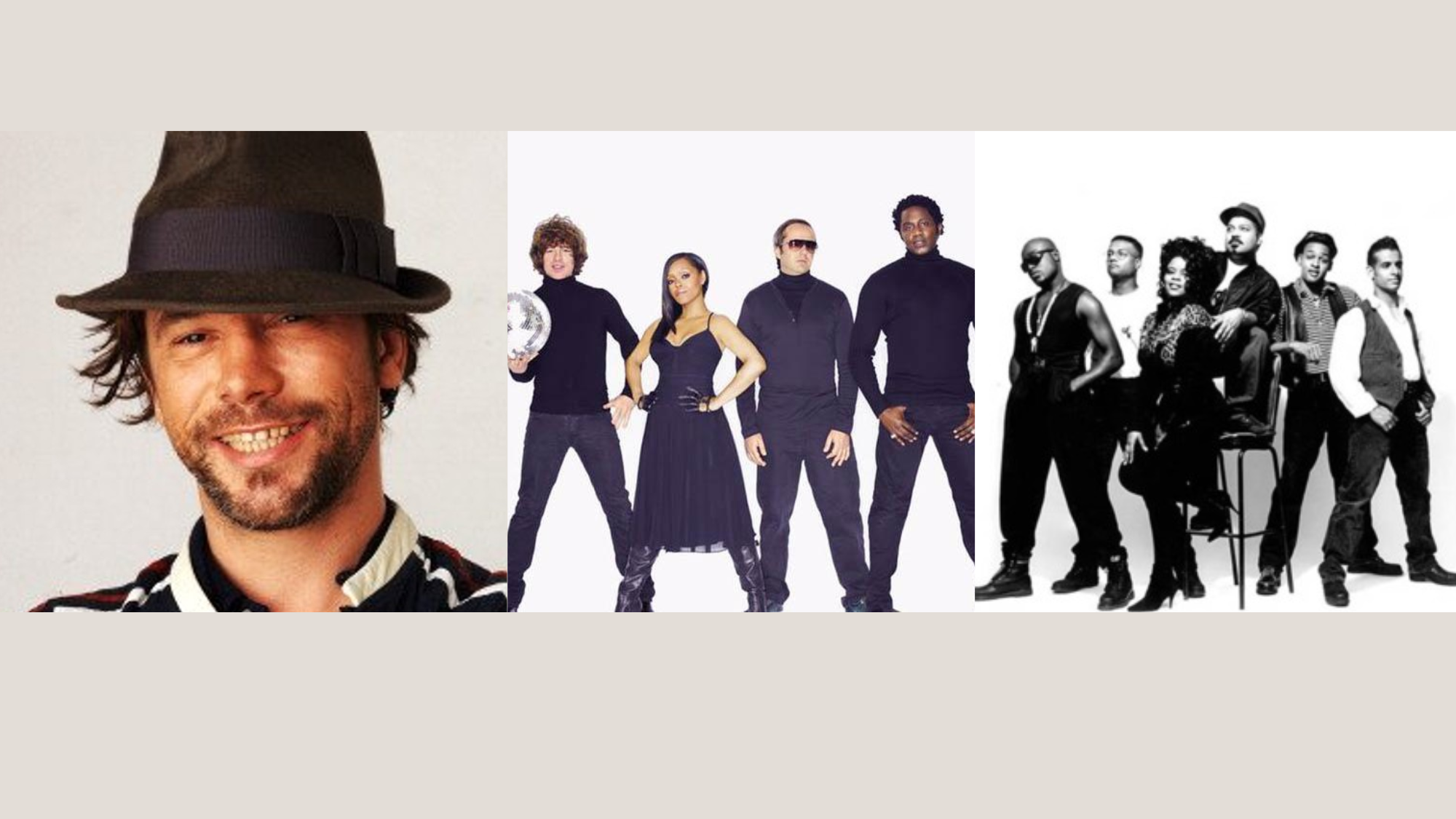
Acid jazz appeared in the 1980s and 1990s as a genre that blends jazz with elements of funk, soul, and disco.
This style includes groove-based rhythms and the use of electronic instruments, giving it a more danceable and accessible feel compared to traditional jazz.
The genre’s focus on rhythm, groove, and creativity has made it a staple in clubs and a bridge between jazz and popular music.
Top Artists:
- Jamiroquai
- Brand New Heavies
- Incognito
11. Smooth Jazz
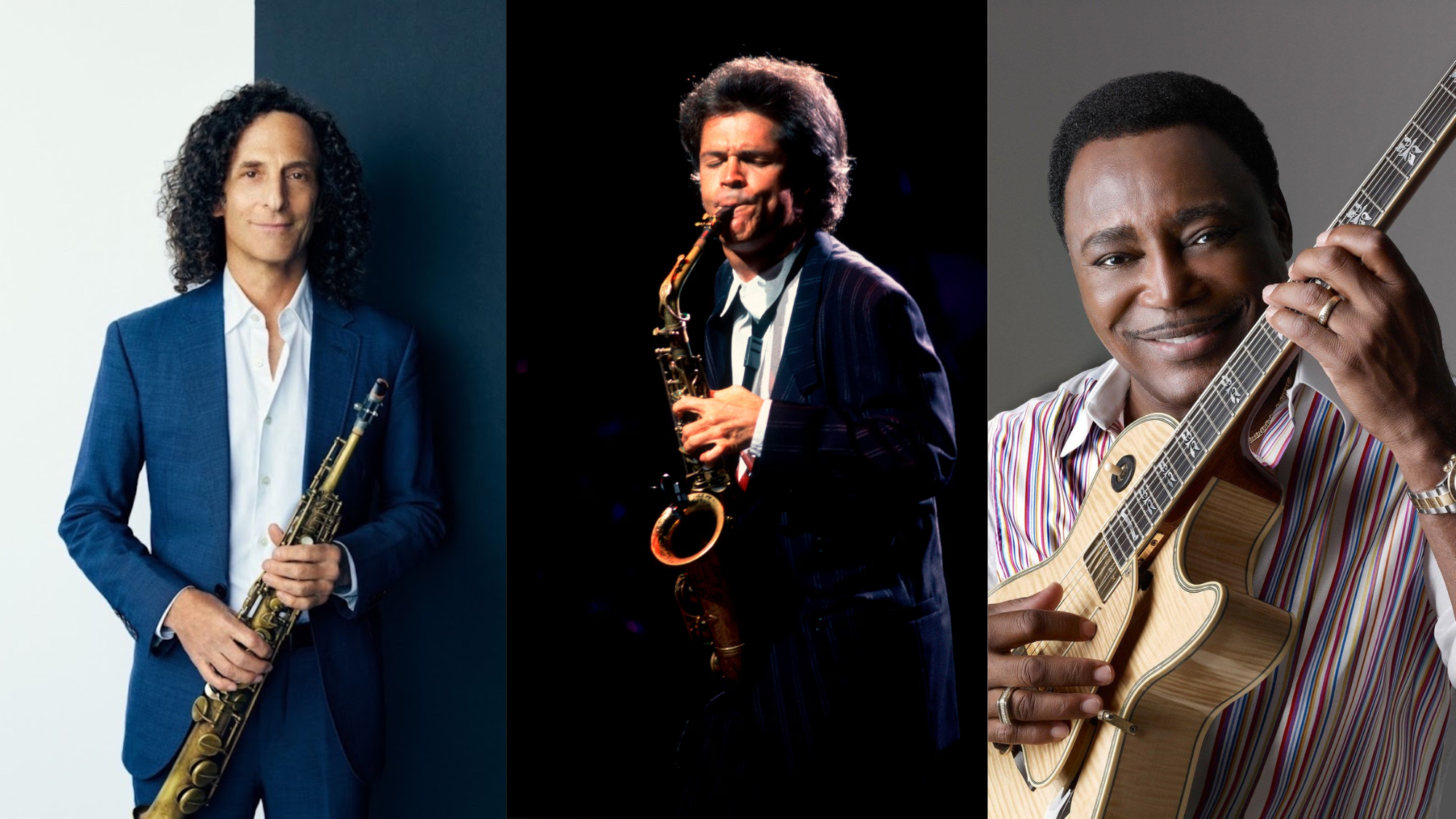
Smooth jazz is a more commercial, radio-friendly style of jazz that emerged in the 1970s and 1980s.
It is characterized by laid-back, mellow grooves, simple melodies, and a focus on instrumental solos. Smooth jazz is designed for easy listening.
While the genre simplifies jazz’s more complex elements, it holds the creativityal spirit of jazz while providing a relaxed, enjoyable listening time.
Top Artists:
- Kenny G
- David Sanborn
- George Benson
12. Jazz Funk
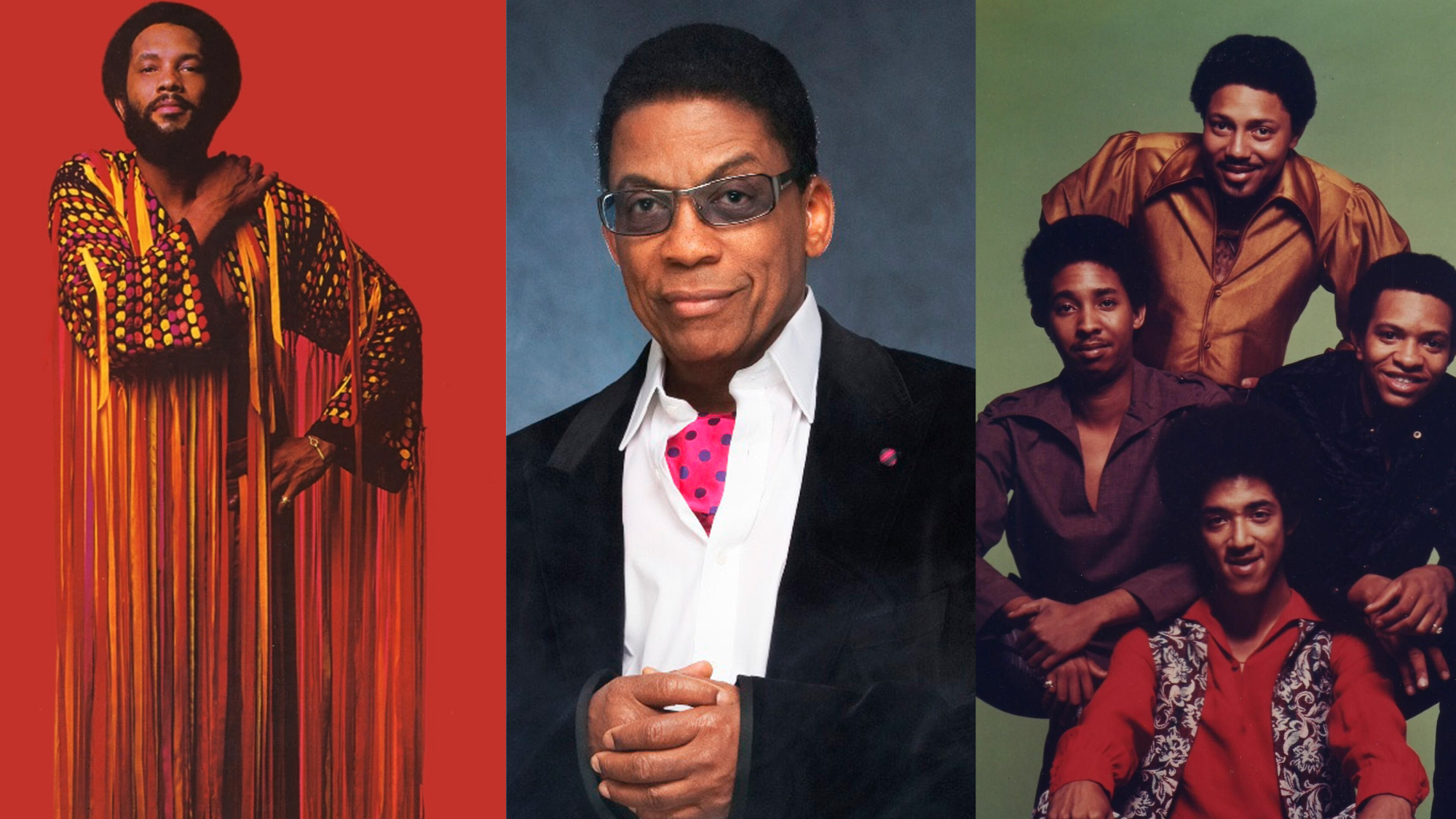
Jazz funk emerged in the 1970s as a fusion of jazz and funk music, combining the rhythmic grooves of funk with the creativity and harmonic complexity of jazz.
Having high bass lines, syncopated rhythms, and brass-driven melodies, jazz funk focuses on a rhythmic feel and is often more danceable than traditional jazz.
Jazz funk remains popular for its high energy, attractive grooves, and ability to bring jazz to a wider audience.
Top Artists:
- Herbie Hancock
- Roy Ayers
- The Meters
13. Nu Jazz
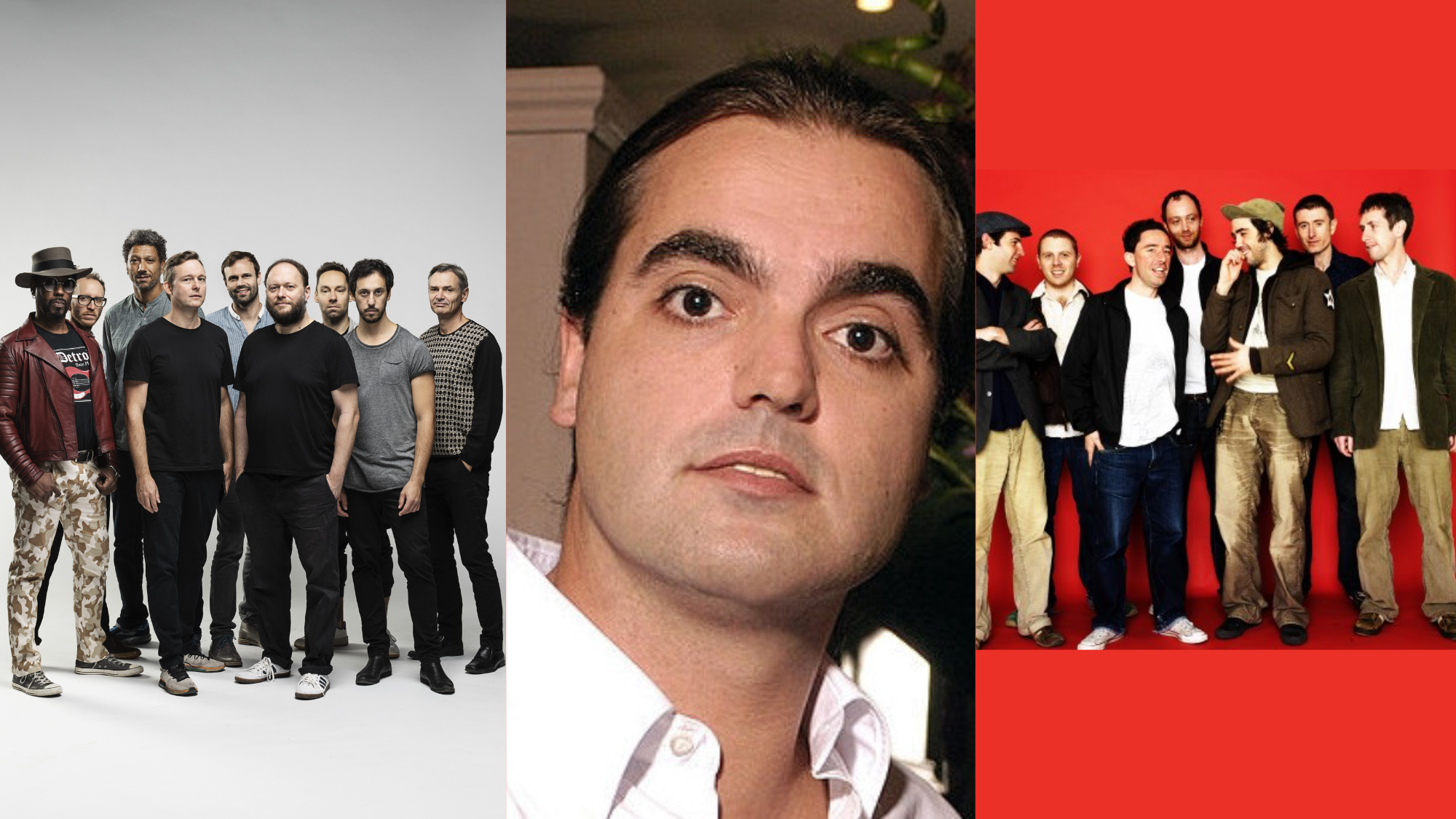
Nu jazz, also known as future jazz, emerged in the 1990s and combines jazz with electronic music and experimental styles.
It includes elements from house, ambient, and techno music, blending traditional jazz instruments with digital production techniques.
Nu jazz challenges conventional boundaries, offering a modern take on jazz that attracts a new generation of listeners while maintaining the essence of traditional jazz creativity.
Top Artists:
- Jazzanova
- St Germain
- The Cinematic Orchestra
14. Jazz Rap
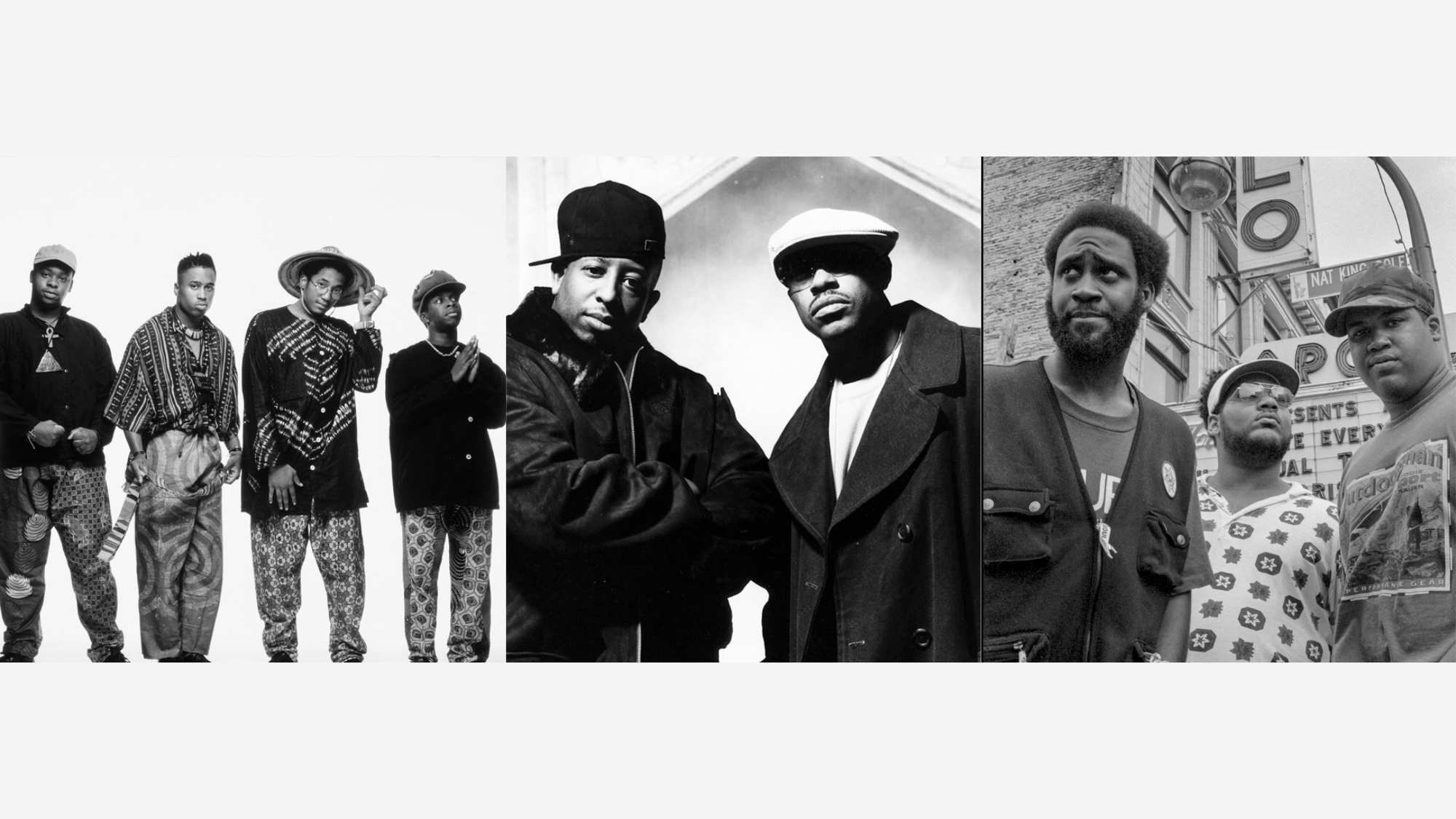
Jazz rap is a fusion of jazz and hip-hop, includes jazz samples, creativity, and refined melodies into hip-hop beats.
Popularized by artists like A Tribe Called Quest, Gang Starr, and De La Soul, jazz rap combines the intellectual depth of jazz with the lyrical flow of hip-hop, often exploring political themes and social issues.
The genre’s smooth, laid-back sound and complex rhythms have made it an important subgenre of both hip-hop and jazz, bridging the gap between two powerful musical forms.
Top Artists:
- A Tribe Called Quest
- Gang Starr
- De La Soul
15. Electro Swing
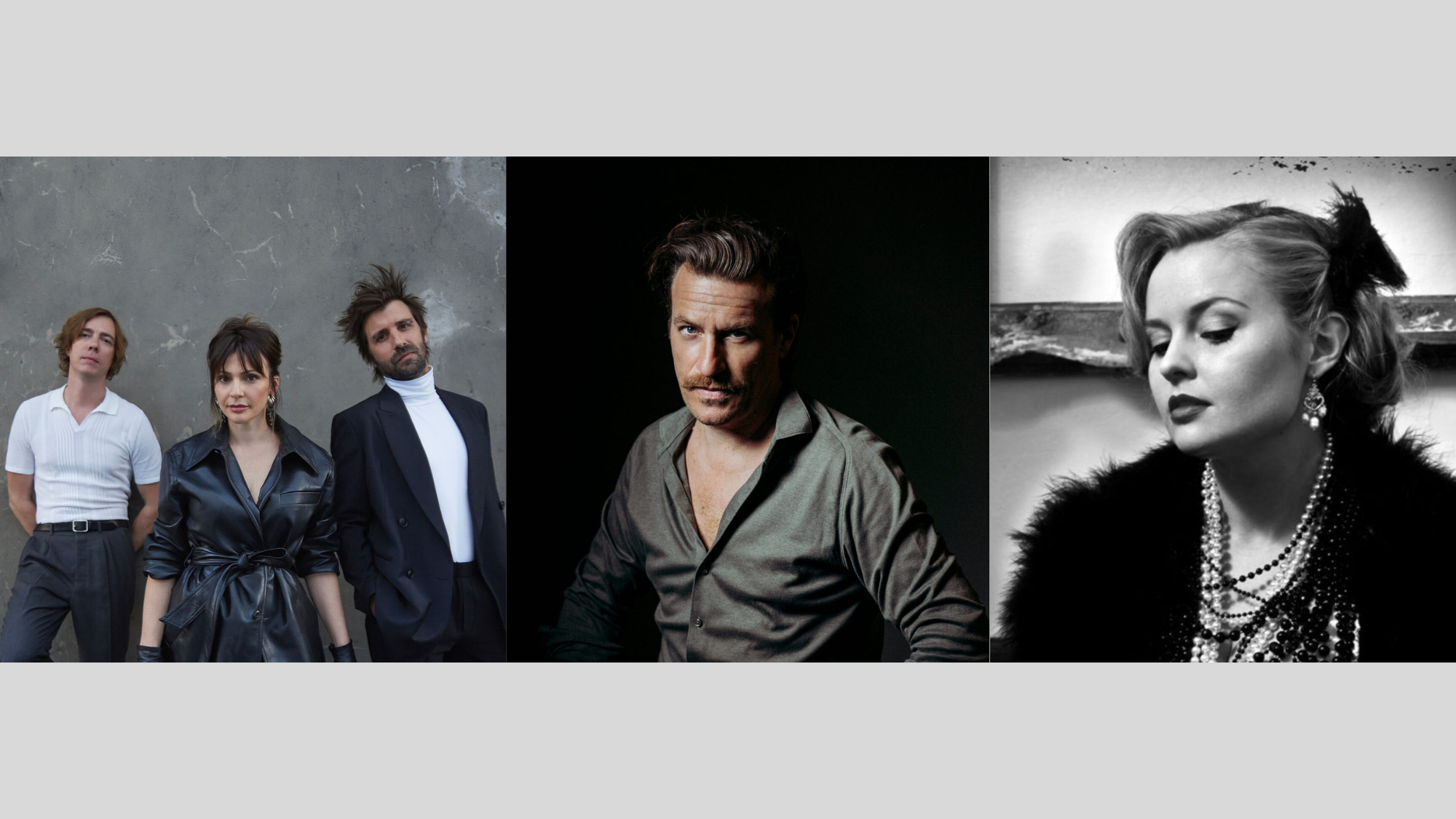
Electro-swing combines the upbeat, rhythmic sound of swing music with modern electronic dance music.
This genre blends the brass and swing rhythms of the 1920s and 1930s with contemporary beats, creating a lively fusion of old and new.
Artists like Caravan Palace, Parov Stelar, and Swing Republic have become prominent in the electro swing movement, which has gained popularity in clubs and music festivals.
Electro-swing introduces younger generations to the rich history of swing jazz while giving it a fresh, danceable feel that fits with today’s electronic music scene.
Top Artists:
- Caravan Palace
- Parov Stelar
- Swing Republic
16. Gypsy Jazz
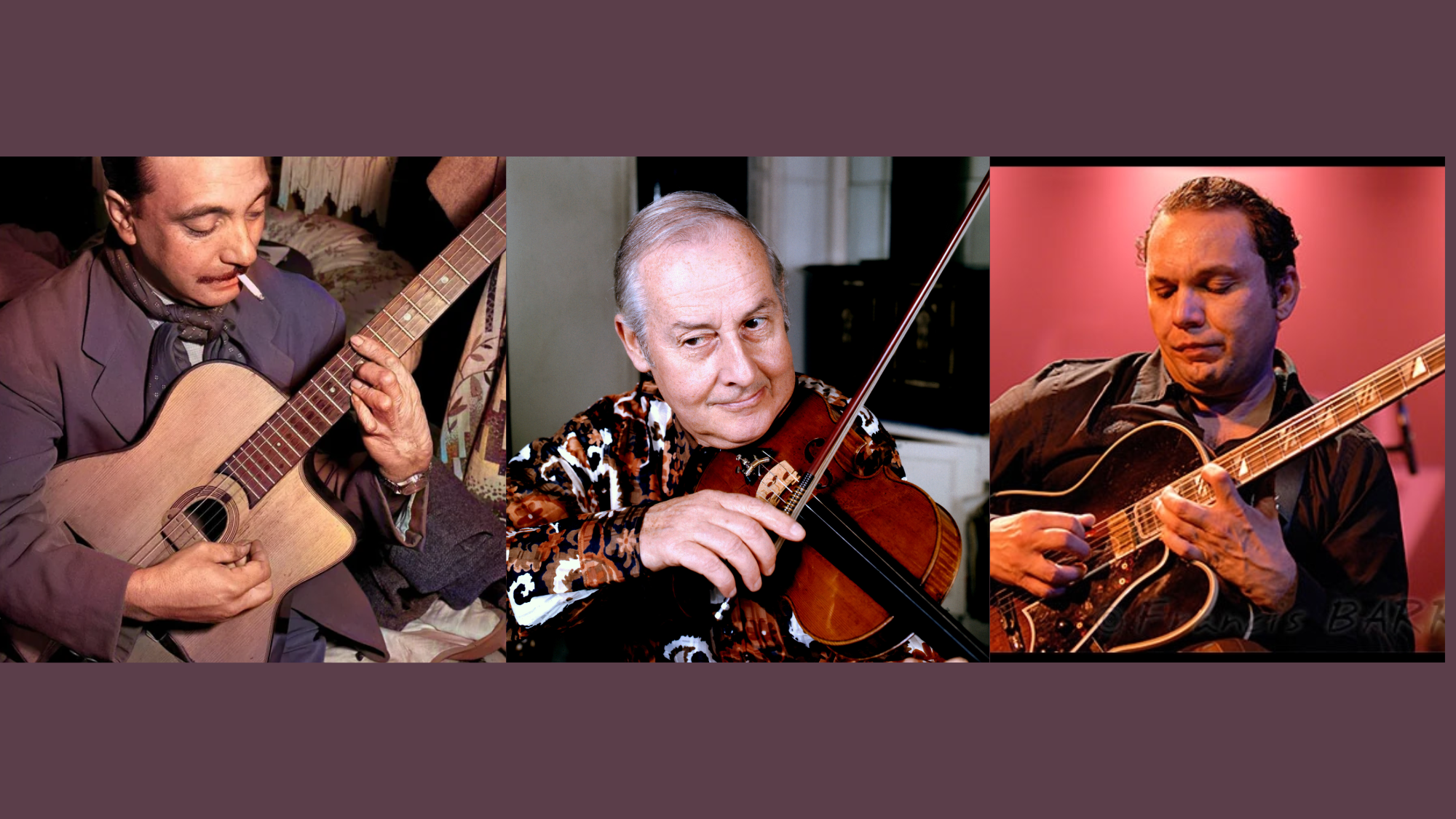
Gypsy jazz, pioneered by the legendary guitarist Django Reinhardt, is an acoustic style of jazz that blends the creative nature of jazz with the rhythms and melodies of European folk music.
This genre often has string instruments like guitar, violin, and bass, creating a lively and energetic sound.
Its unique combination of swing rhythms with gypsy-style melodies results in an upbeat and great listening time.
Gypsy jazz focuses on the importance of creativity, with musicians often taking turns performing complex solos, creating a spontaneous atmosphere that defines the genre’s signature style.
Top Artists:
- Django Reinhardt
- Stephane Grappelli
- Biréli Lagrène
17. Latin Jazz
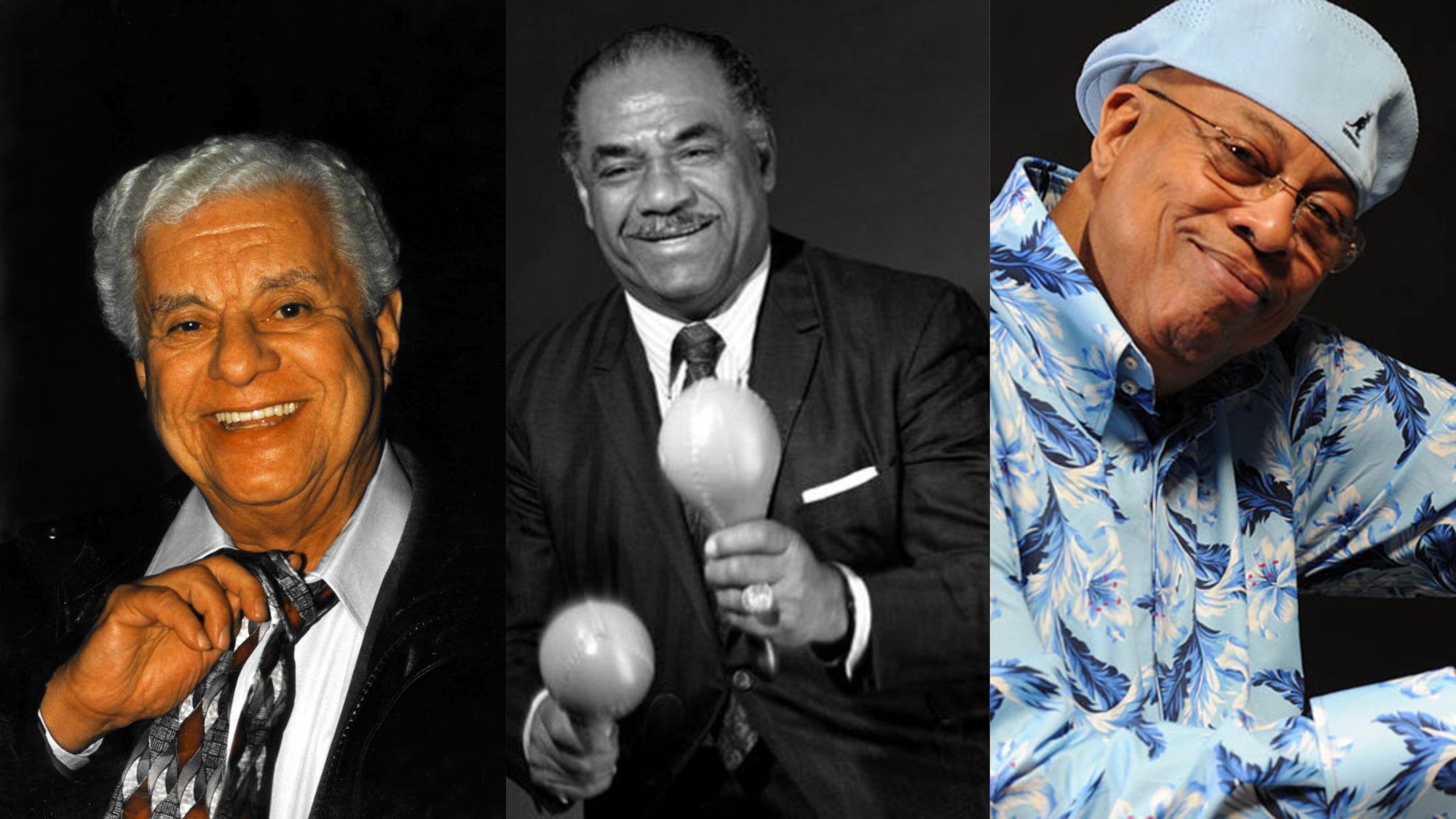
Latin jazz is a fusion that blends the harmonic complexity of jazz with the rich rhythms of Afro-Cuban music, such as salsa, merengue, and rumba.
Characterized by syncopated rhythms, call-and-response patterns, and strong percussion, Latin jazz focuses on rhythm and groove as its central elements.
The genre features a wide array of percussion instruments, including congas, bongos, and timbales, and often includes brass and woodwind instruments like trumpet and saxophone.
Top Artists:
- Tito Puente
- Machito
- Chucho Valds
18. Afro-Cuban Jazz

Afro-Cuban jazz is a subgenre that focuses on the inclusion of Afro-Cuban rhythms, such as the clave rhythm, with traditional jazz creativity and harmonies.
This genre is known for its intricate rhythms, often centered around percussion instruments like congas, bongos, and timbales, alongside jazz’s melodic instruments.
Afro-Cuban jazz creates a blend of jazz’s harmonic complexity with the rhythmic vigor and syncopation of African and Cuban music.
It was popularized by artists like Dizzy Gillespie and Chano Pozo, and it remains one of the most impactful subgenres of jazz, heavily shaping Latin jazz and beyond.
Top Artists:
- Chano Pozo
- Arturo Sandoval
- Tito Puente
19. Ethio-Jazz
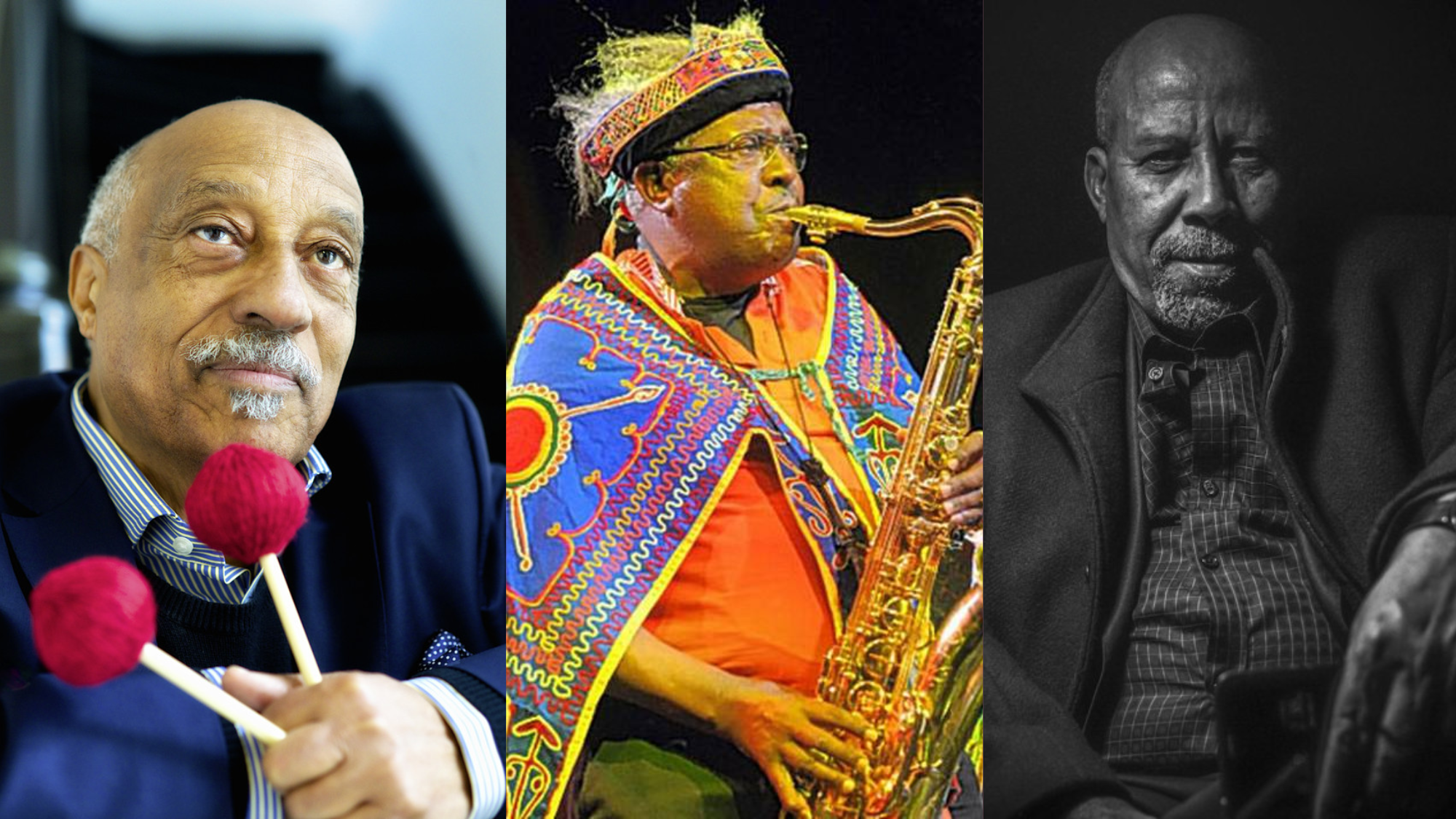
Ethio-jazz is a unique genre that combines traditional Ethiopian music with jazz, creating a hybrid sound that includes Ethiopian scales, melodies, and rhythms with the harmonic and creative aspects of jazz.
Pioneered by the legendary musician Mulatu Astatke, Ethio-jazz uses traditional instruments like the krar (a type of lyre) and the masinko (a single-stringed bowed instrument), fused with the standard jazz instruments such as trumpet, saxophone, and piano.
This genre blends African, jazz, and Ethiopian musical traditions, creating a sound that is both unique and deeply rooted in Ethiopian cultural identity.
Top Artists:
- Mulatu Astatke
- Getachew Mekuria
- Hailu Mergia
20. Indo-Jazz
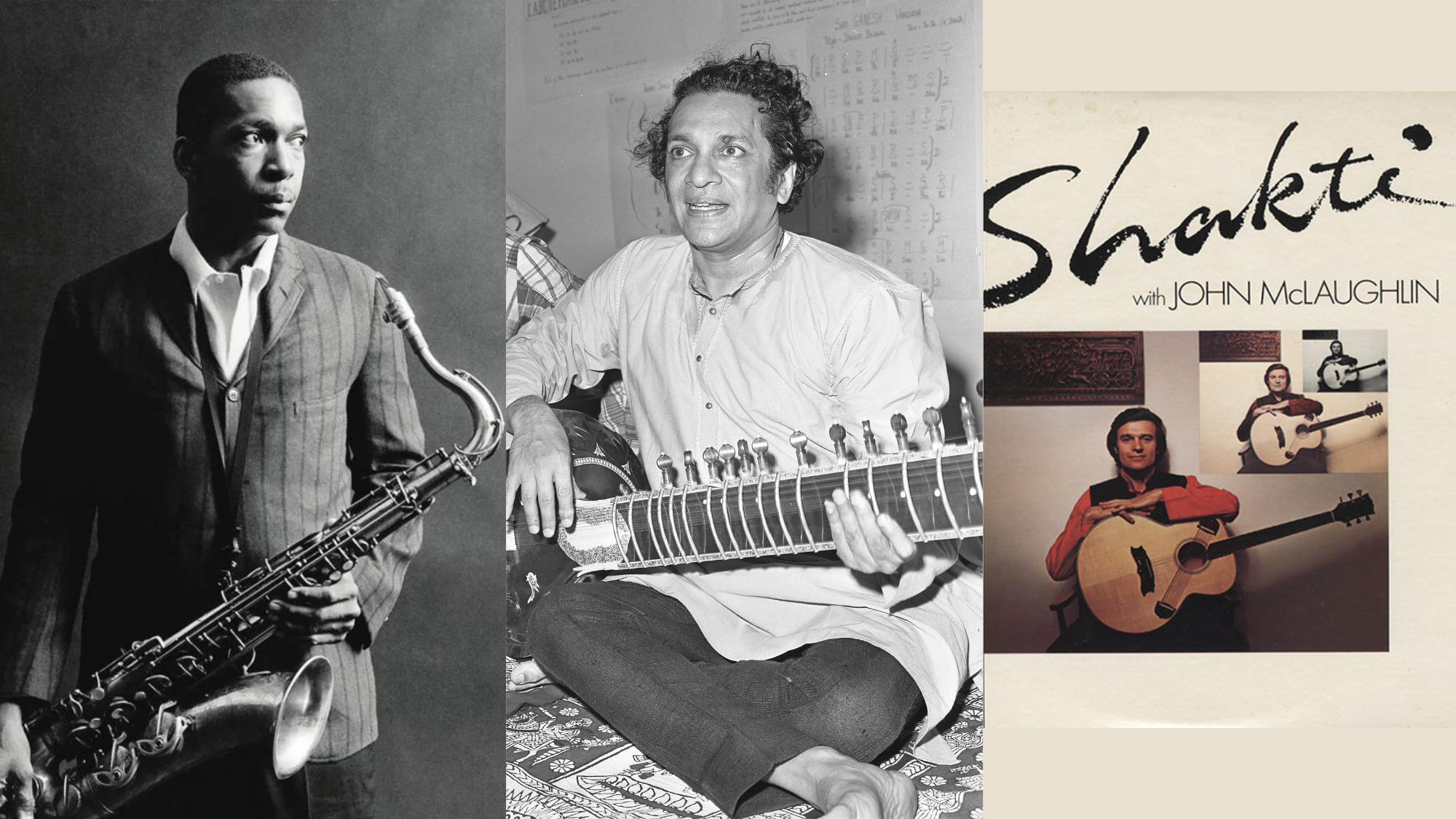
Indo-jazz is a fusion genre that blends the intricate rhythms and melodic patterns of Indian classical music with the harmonic structures of jazz.
The genre combines instruments like the sitar, tabla, and flute, common in Indian classical music, with jazz instruments such as the saxophone, trumpet, and piano.
The rhythmic complexity and melodic ornamentation of Indian music merge seamlessly with the creative nature of jazz, resulting in a specific, cross-cultural sound.
Indo-jazz was popularized by artists such as Ravi Shankar and John Coltrane, who were instrumental in bridging the gap between Eastern and Western musical traditions.
Top Artists:
- John Coltrane
- Ravi Shankar
- Shakti (with John McLaughlin)
21. Cape Jazz
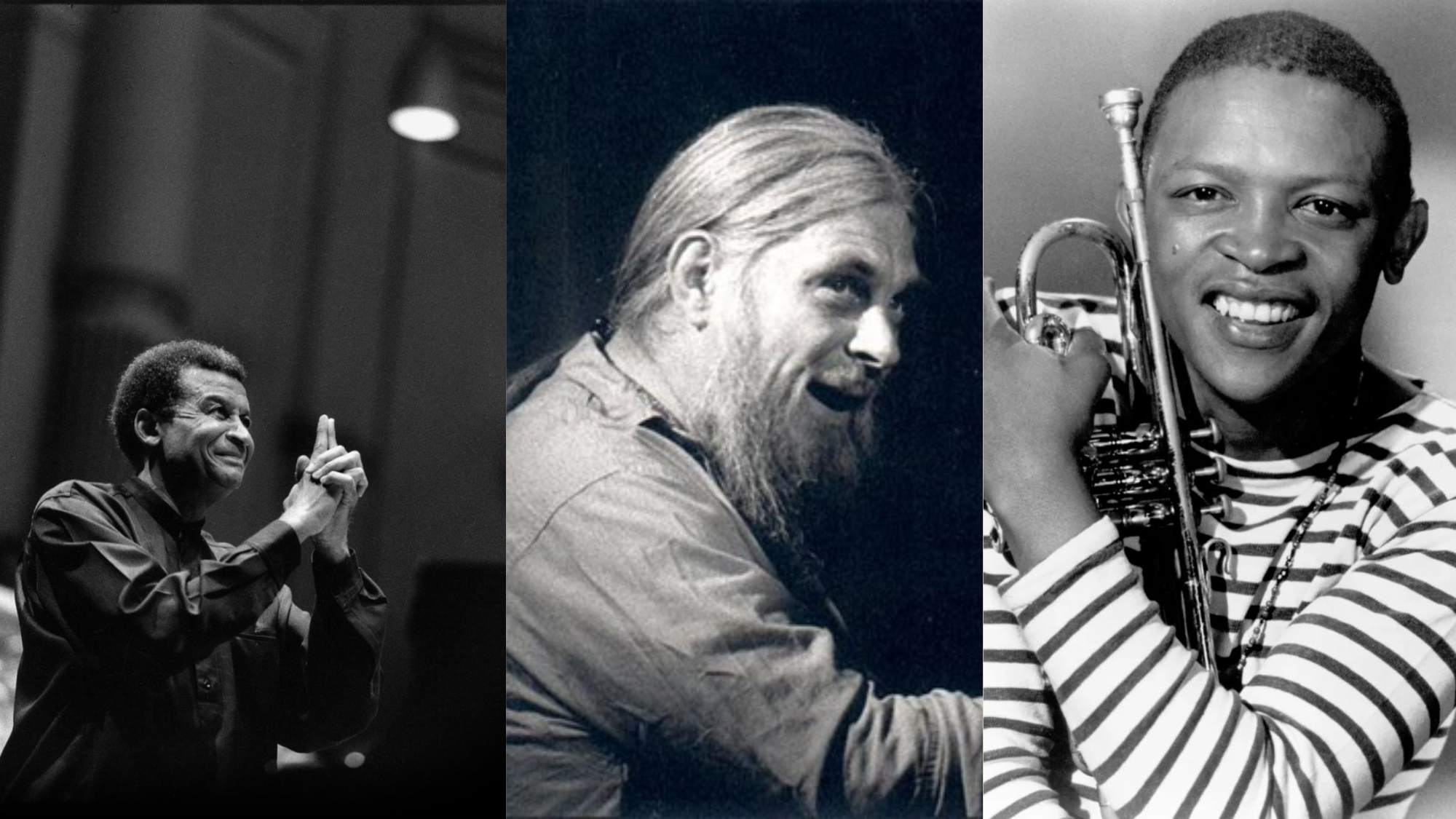
Cape jazz, originating in Cape Town, South Africa, is a regional jazz style that includes local rhythms and melodies affected by the diverse cultural heritage of the area, including indigenous African, Malay, and European traditions.
Characterized by lively rhythms, catchy melodies, and the use of traditional South African instruments like the marimba and the penny whistle, Cape jazz blends elements of swing, bebop, and African folk music.
The genre captures the vibrant spirit of Cape Town and its people, creating a specific, upbeat sound that has earned recognition as one of South Africa’s most celebrated musical styles.
Top Artists:
- Abdullah Ibrahim
- Chris McGregor
- Hugh Masekela
22. Flamenco Jazz
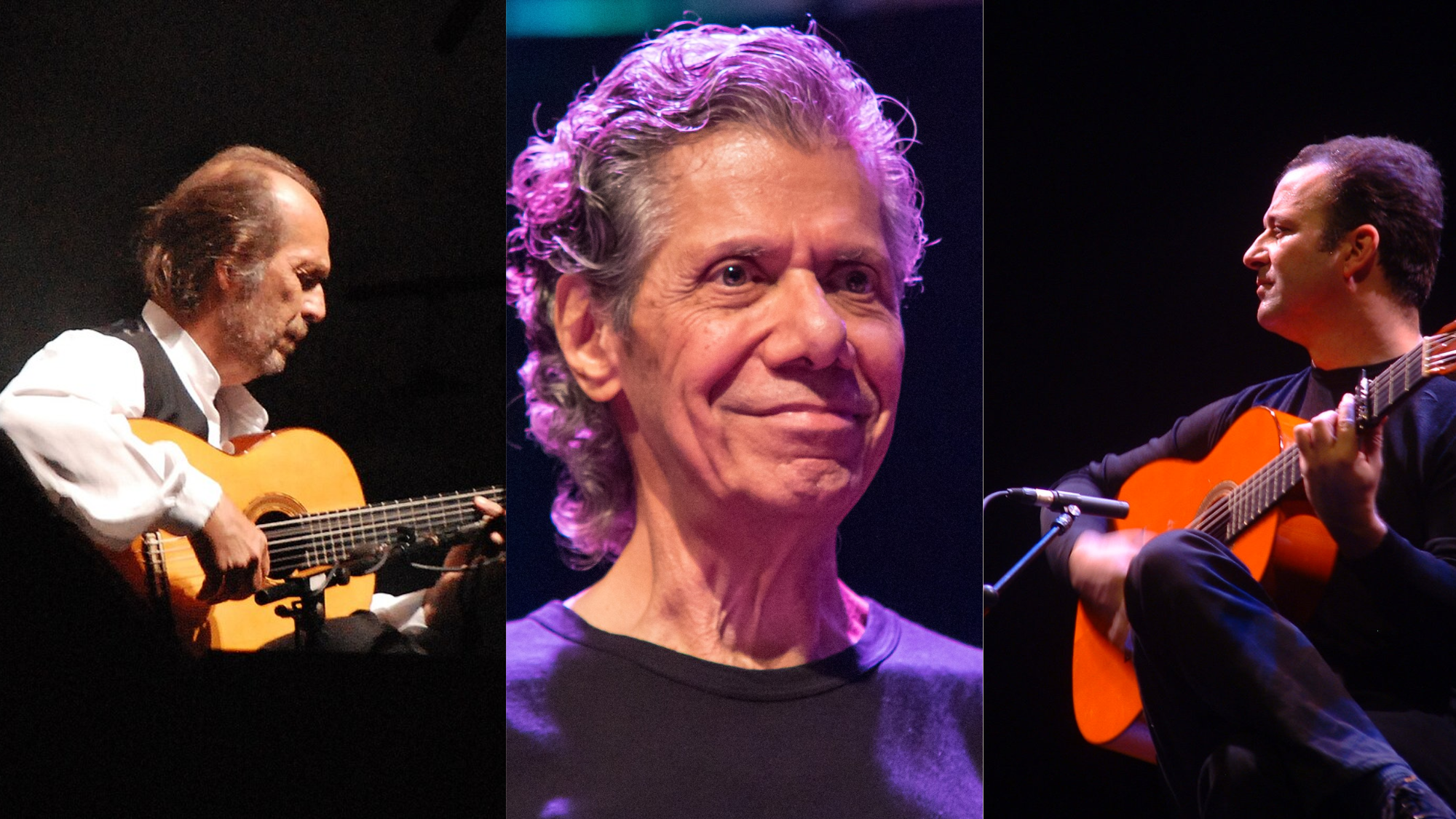
Flamenco jazz is a genre that fuses the rhythms, melodies, and dance traditions of flamenco music with the creativity and harmonic elements of jazz.
Originating in Spain, flamenco jazz includes instruments like the guitar, cajón (a wooden percussion instrument), and flamenco singing, alongside traditional jazz instruments such as saxophone, trumpet, and piano.
The result is a fiery sound that blends the emotional feelings of flamenco with the creative freedom of jazz.
Flamenco jazz highlights the emotional vigor of flamenco while allowing musicians to experiment with jazz’s harmonic complexities and creativity.
Top Artists:
- Paco de Lucía
- Chick Corea
- Gerardo Núñez
23. Third Stream
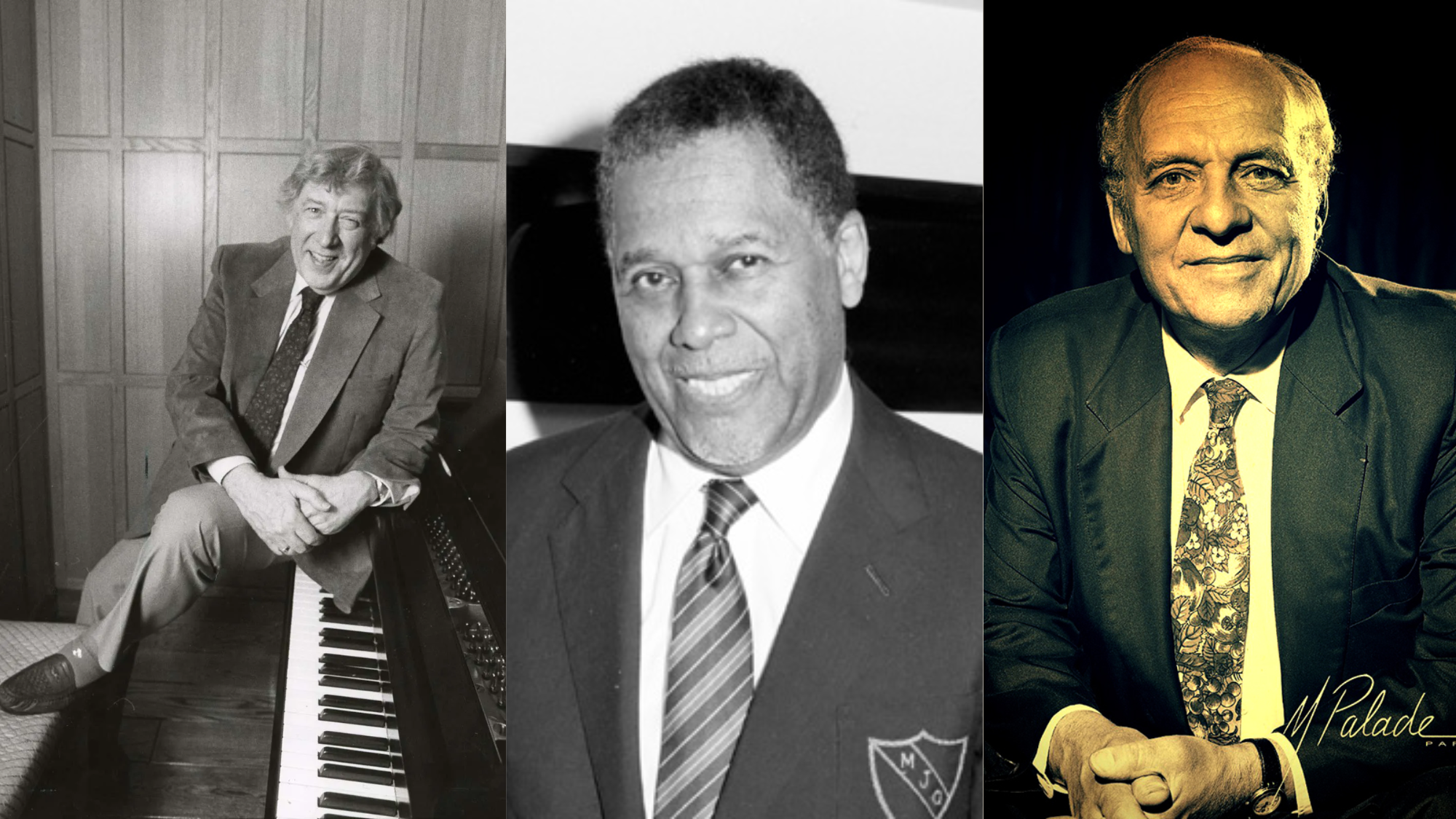
Third Stream is a genre that blends classical music elements with jazz creativity, creating a fusion of both structured compositions and spontaneous performance.
This style was coined by jazz musicians such as Gunther Schuller, who sought to merge the discipline of classical music with the freedom of jazz.
Third stream music often includes elements such as orchestral arrangements, complex harmonies, and contrapuntal techniques, combining jazz’s creativityal spirit with the precision and formality of classical music.
The genre’s fluidity allows musicians to explore both written compositions and spontaneous creativity, making it one of the most intellectually ambitious forms of jazz.
Top Artists:
- Gunther Schuller
- John Lewis
- Claude Bolling
24. Spiritual Jazz
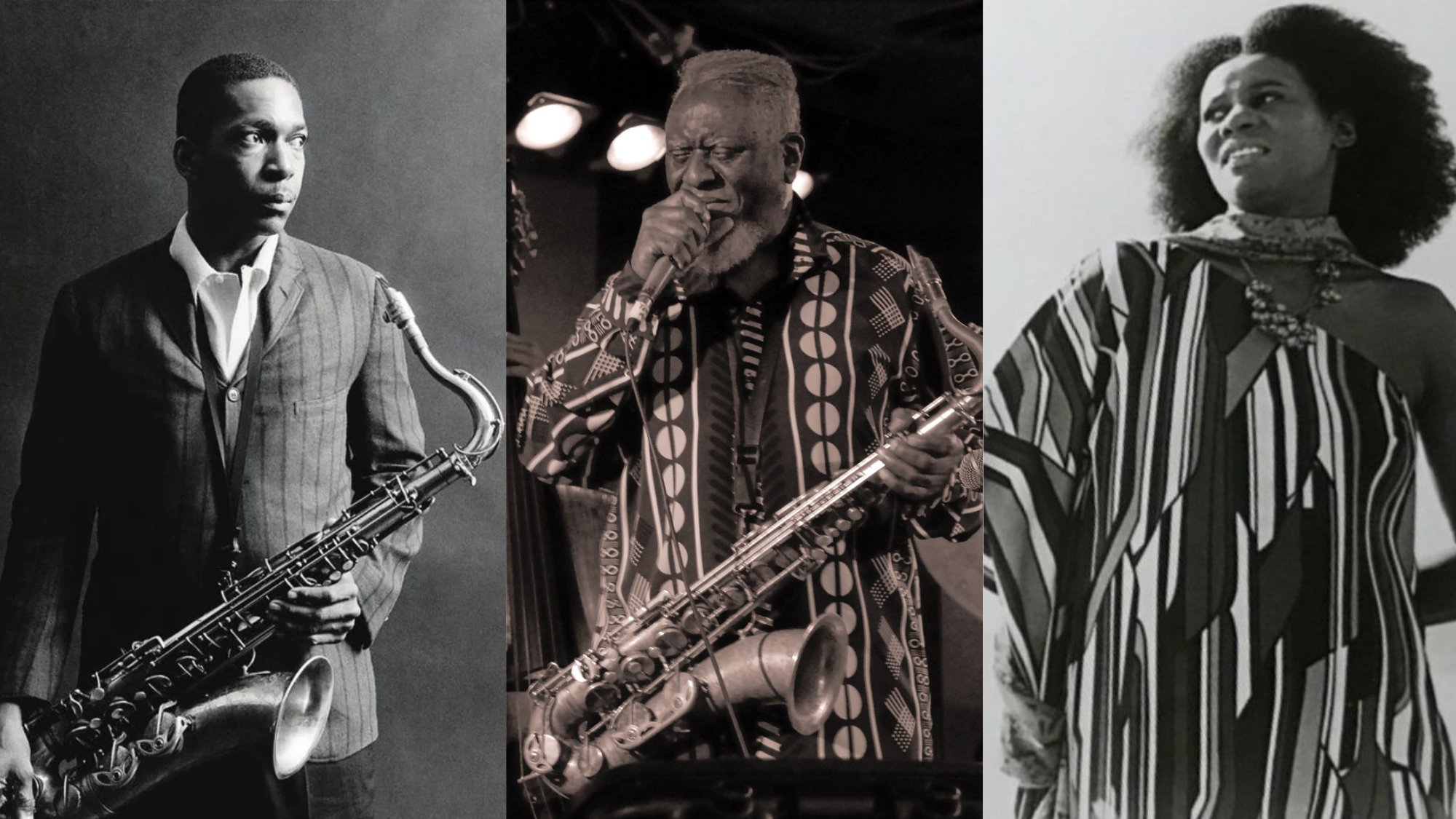
Spiritual jazz is a subgenre that focuses on themes of spirituality that often include African and Eastern musical influences in its structure.
Artists like John Coltrane and Pharoah Sanders pushed the boundaries of jazz by including meditative, spiritual themes in their creativity.
Spiritual jazz is not only a musical style but also a philosophical feeling, often awakening a sense of searching for inner peace or enlightenment through sound.
Top Artists:
- John Coltrane
- Pharoah Sanders
- Alice Coltrane
25. Straight-Ahead Jazz
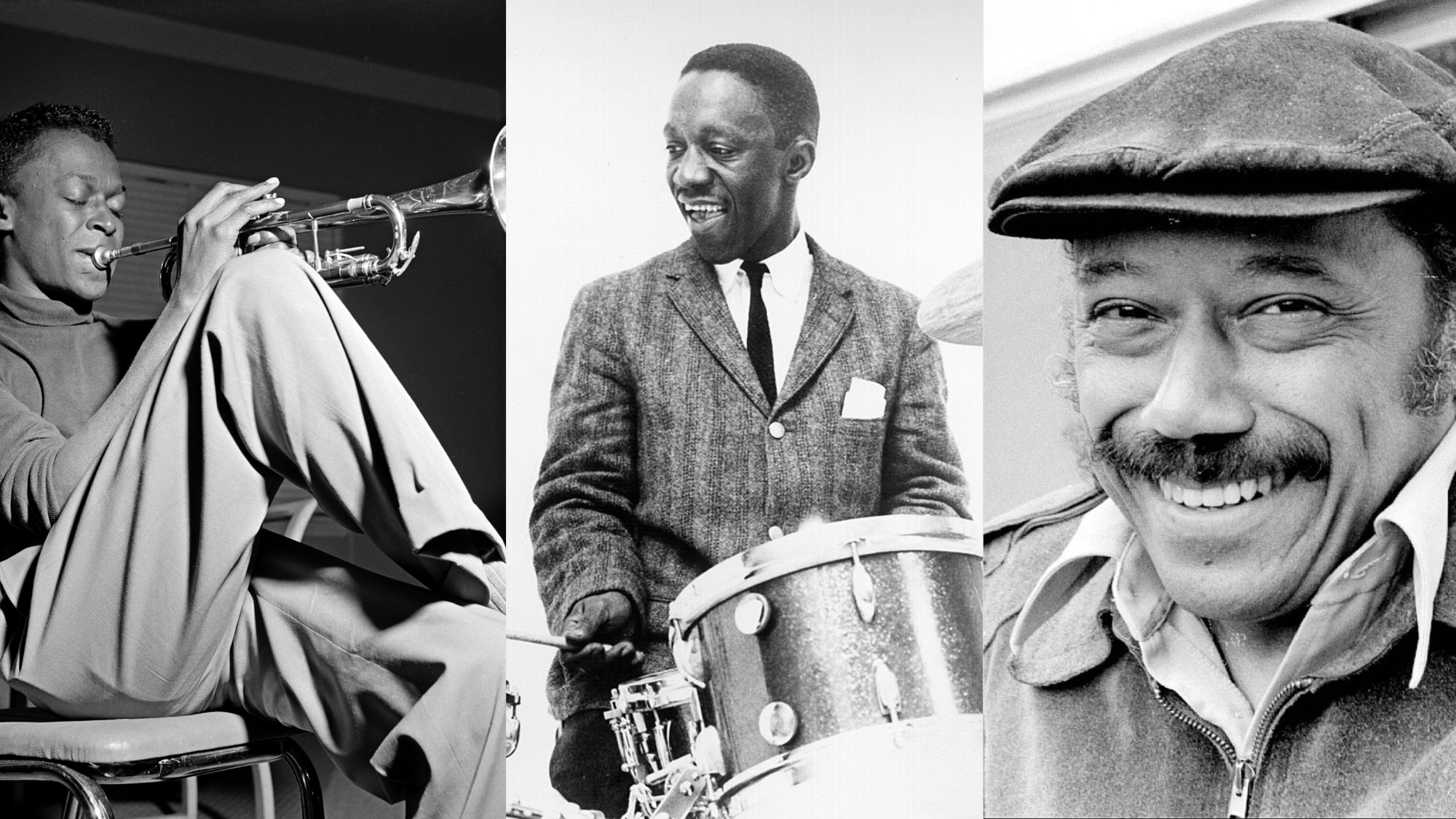
Straight-ahead jazz refers to a traditional, acoustic style of jazz that focuses on creativity within a set framework of chords and melody.
It is often seen as a return to jazz’s roots, particularly after the experimental shifts of modal and free jazz in the 1960s.
The genre is characterized by its base on established jazz forms such as bebop, hard bop, and swing, with a strong focus on creativity, swing rhythms, and complex harmonies.
Straight-ahead jazz continues to be a staple in jazz clubs and festivals, representing the essence of what jazz has always been: spontaneous, expressive, and deeply rooted in tradition.
Top Artists:
- Miles Davis
- Art Blakey
- Horace Silver
26. Jazz Noir (Dark Jazz)
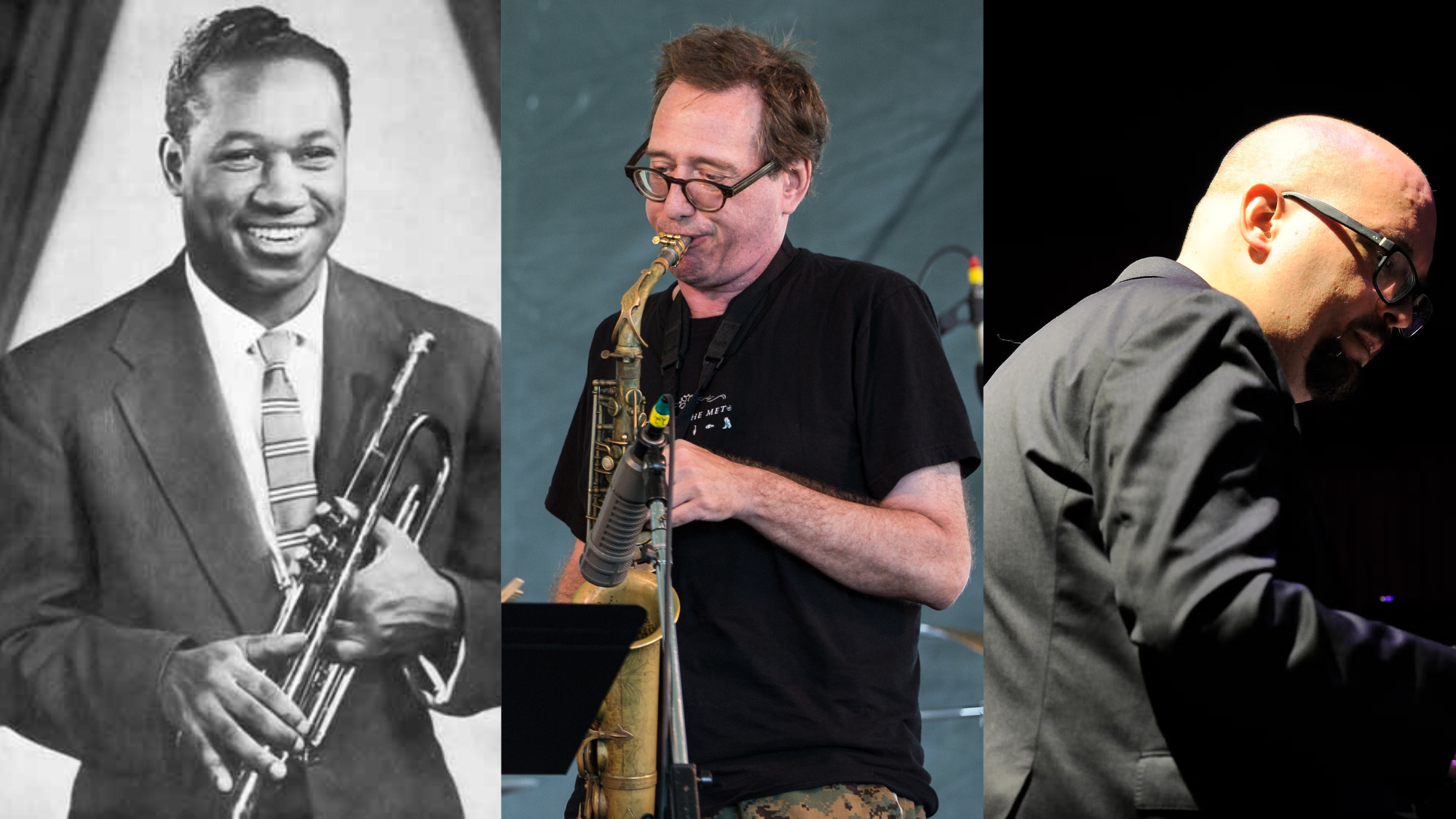
Jazz noir, also known as dark jazz, is a genre inspired by the moody, atmospheric soundtracks of film noir movies.
The music is characterized by somber tones, slow tempos, and ambient elements that evoke a sense of mystery and tension.
The genre blends jazz’s creative elements with atmospheric textures, creating a haunting, cinematic time.
Jazz noir often includes deep bass lines, muted horns, and sparse percussion, offering a dark, melancholic sound that has the mood of suspense and intrigue found in noir films.
This style of jazz has become popular in both film scores and contemporary jazz music.
Top Artists:
- Clifford Brown
- John Zorn
- Ethan Iverson
27. Kansas City Jazz
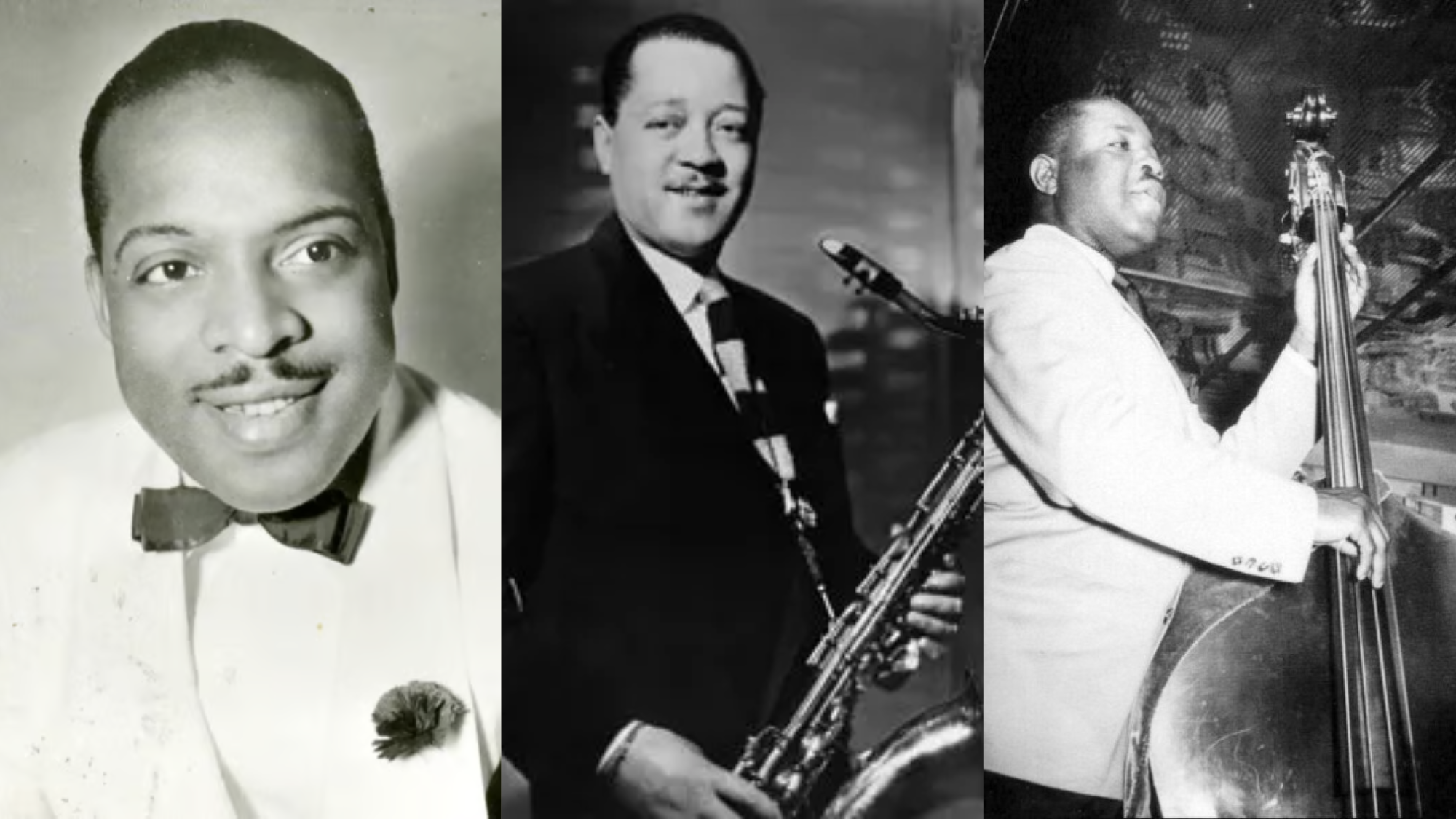
Kansas City jazz is a style of jazz that is known for its strong blues impact and riff-based arrangements.
The genre’s roots can be traced back to the African American community in Kansas City, where musicians developed a style characterized by creativity over simple, repetitive structures, with a focus on swinging rhythms and solos.
Known for its laid-back yet highly engaging feel, Kansas City jazz had a major impact on the development of bebop in the 1940s.
It was heavily popularized by artists like Count Basie and Lester Young, who brought the city’s unique sound to national attention.
Top Artists:
- Count Basie
- Lester Young
- Walter Page
28. Chamber Jazz
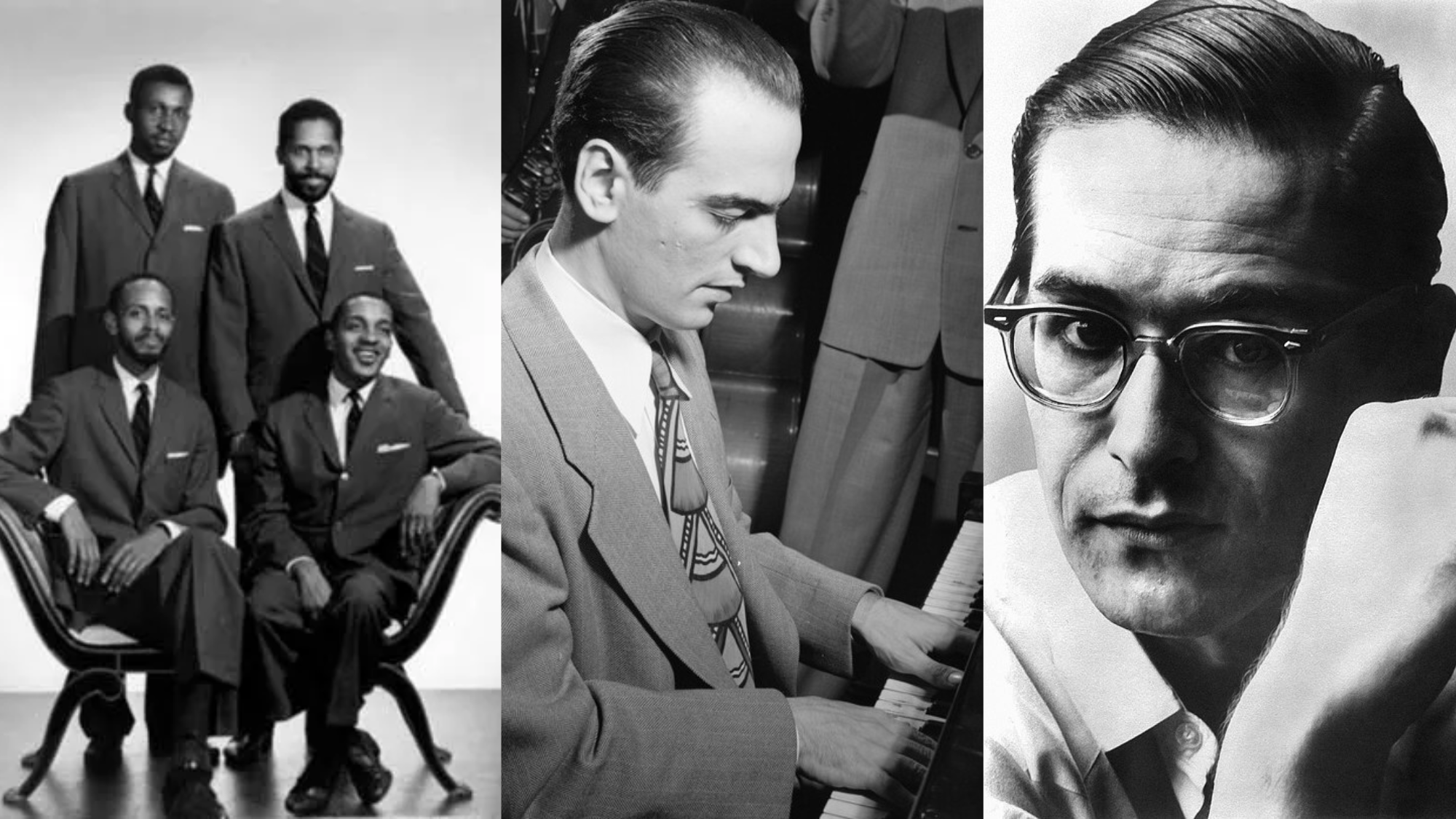
Chamber jazz is a style that focuses on small ensemble performances and focuses on acoustic interplay among musicians rather than large orchestration.
It draws inspiration from classical chamber music, where each instrument plays an important role in creating a cohesive sound.
Unlike large jazz orchestras, chamber jazz groups typically consist of fewer musicians, allowing for greater flexibility, creativity, and a more nuanced, conversational approach to music-making.
Top Artists:
- Modern Jazz Quartet (MJQ)
- Lennie Tristano
- Bill Evans
29. Crossover Jazz
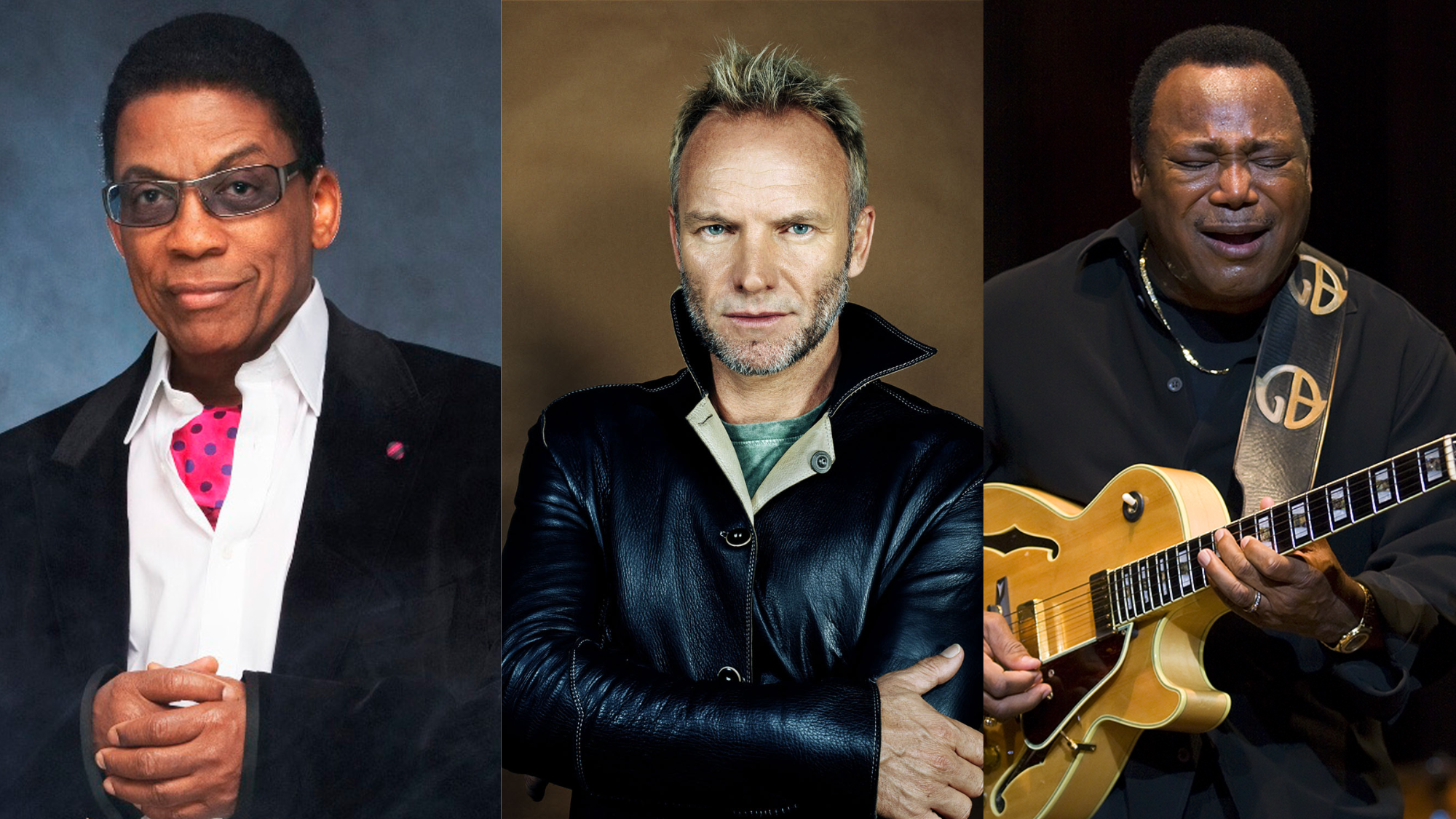
Crossover jazz is a genre that blends jazz with other popular genres such as rock, pop, R&B, and even electronic music.
This genre is characterized by its ability to merge jazz’s creative qualities with the accessibility of mainstream music, resulting in a sound that reaches a wider audience.
This style of jazz appeals to listeners who may not traditionally engage with jazz while still maintaining its core creativity and instrumental foundations.
Top Artists:
- Herbie Hancock
- Sting
- George Benson
30. Ska Jazz
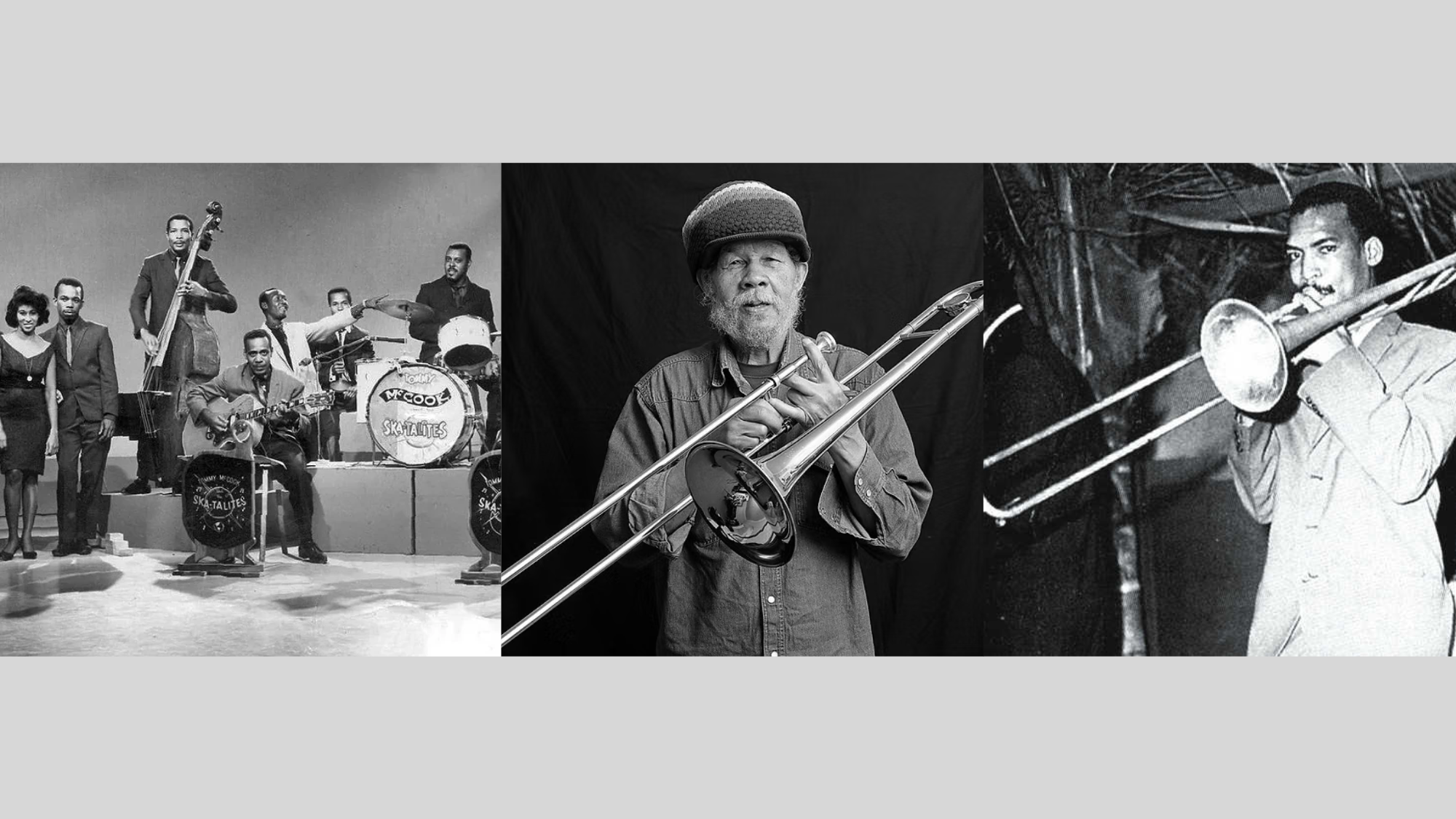
Ska jazz is a fusion genre that combines the upbeat, syncopated rhythms of Jamaican ska with the harmonic and melodic elements of jazz.
Rooted in Jamaican musical traditions, ska jazz brings together elements of jazz creativity and brass band instrumentation with the fast-paced, offbeat rhythm of ska.
Ska jazz often features brass instruments like trumpet and trombone, paired with a rhythm section that includes guitar, bass, and drums, creating an infectious blend of jazz and reggae-inspired sounds.
Top Artists:
- The Skatalites
- Rico Rodriguez
- Don Drummond
Conclusion
No doubt, Jazz has a rich history, cultural impact, and boundless creativity.
From the lively rhythms and energetic melodies of swing to the creativity and technical brilliance of bebop, each style has uniquely shaped jazz’s evolution.
Well, Jazz continues to change today as contemporary musicians honor traditions while also going for new approaches, pushing the genre in new directions.
This changing genre includes artistic freedom, encourages cultural exchange, and creates emotional connections among wide audiences.
Regardless of personal preferences or musical tastes, jazz remains timeless. It offers something meaningful and inspiring for everyone around the globe.


